Check Our Risk-Free Booking Policy View Details



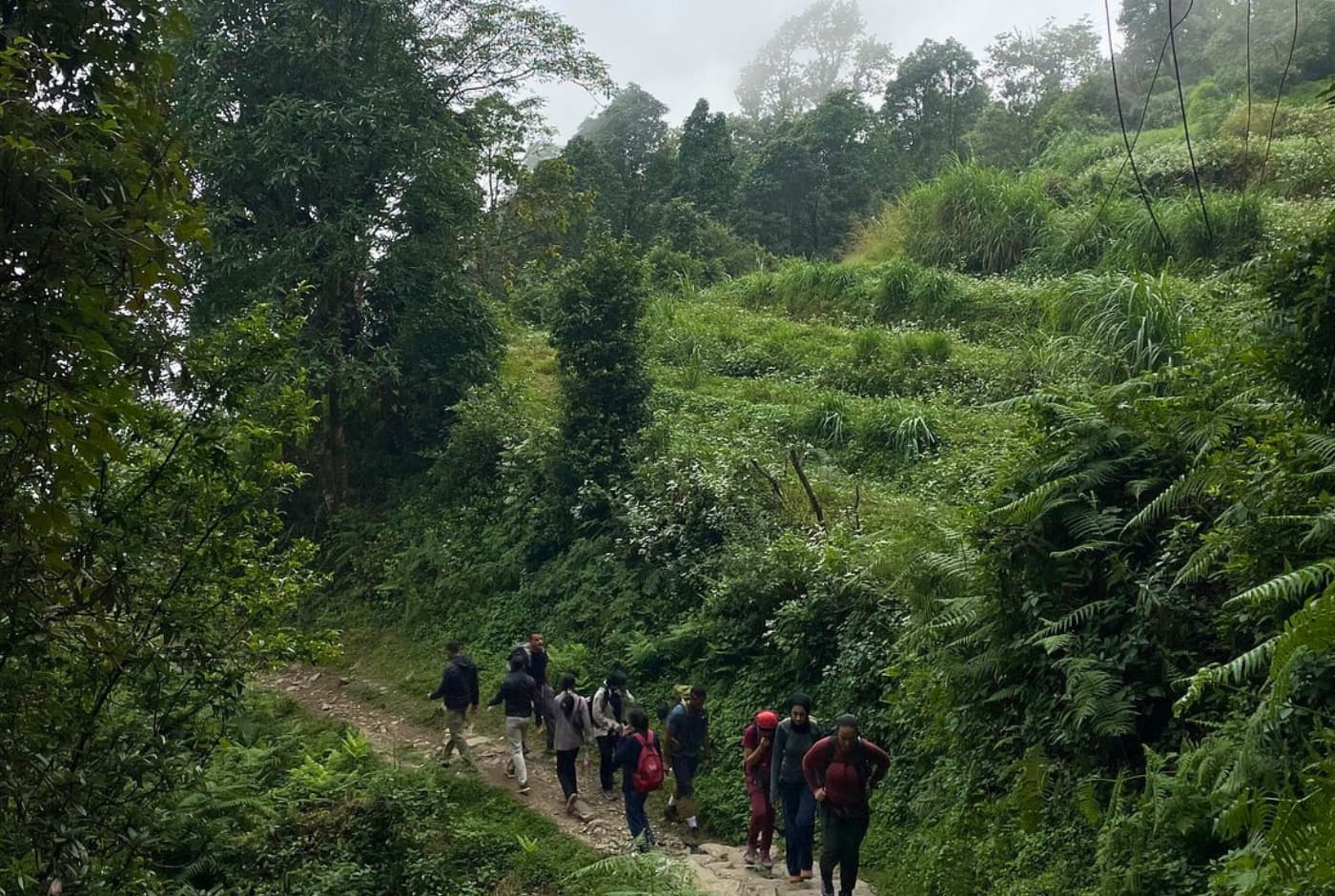


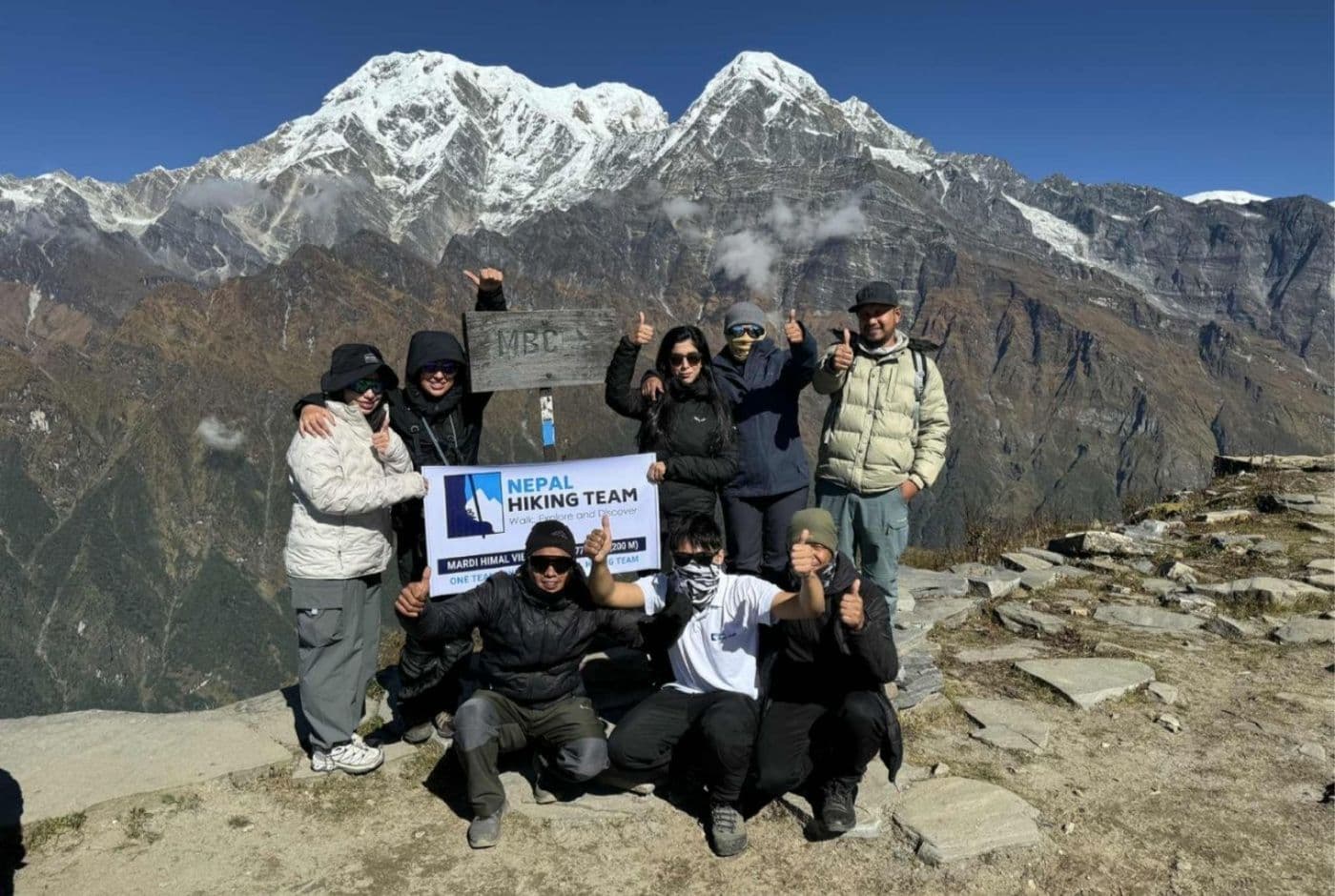
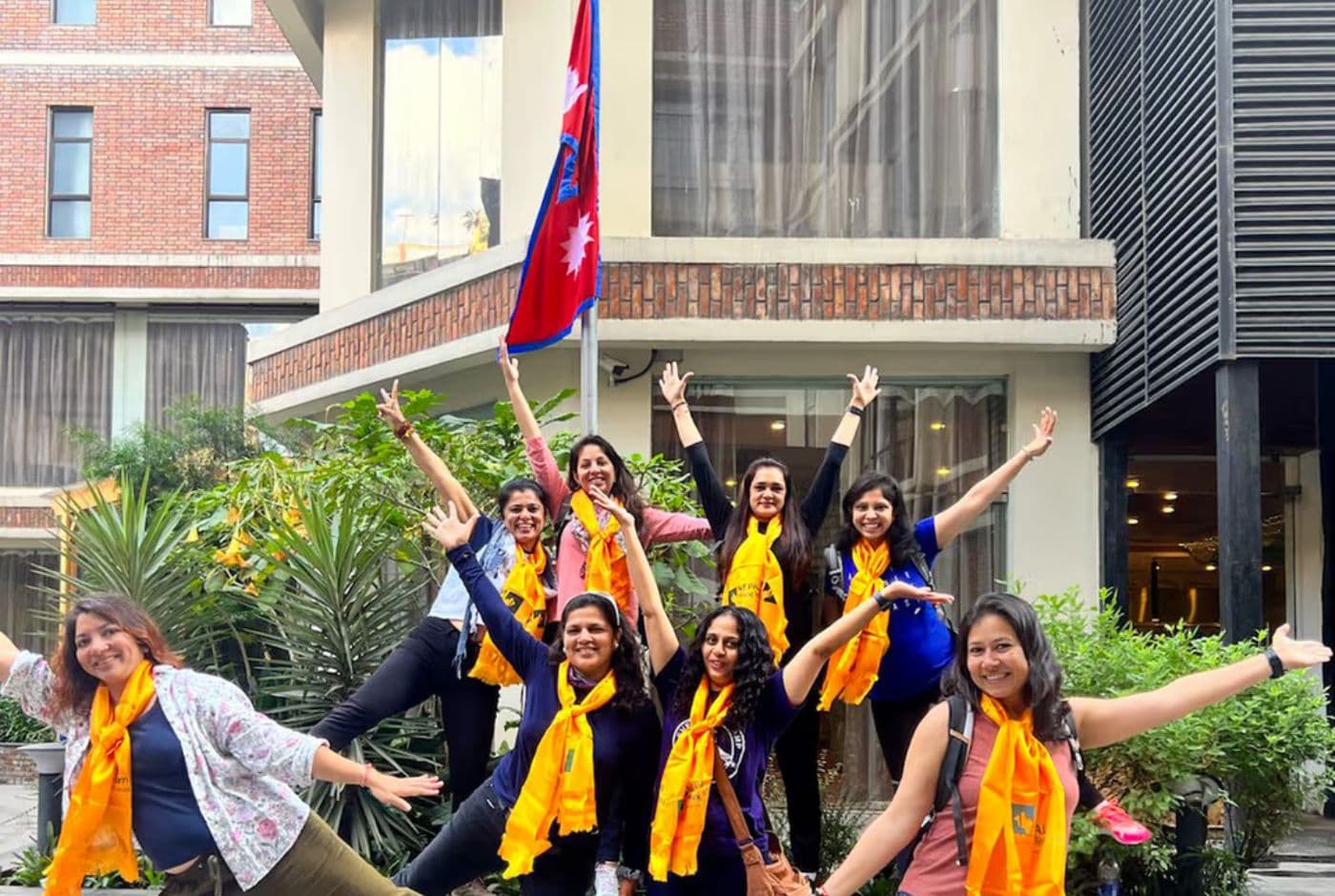
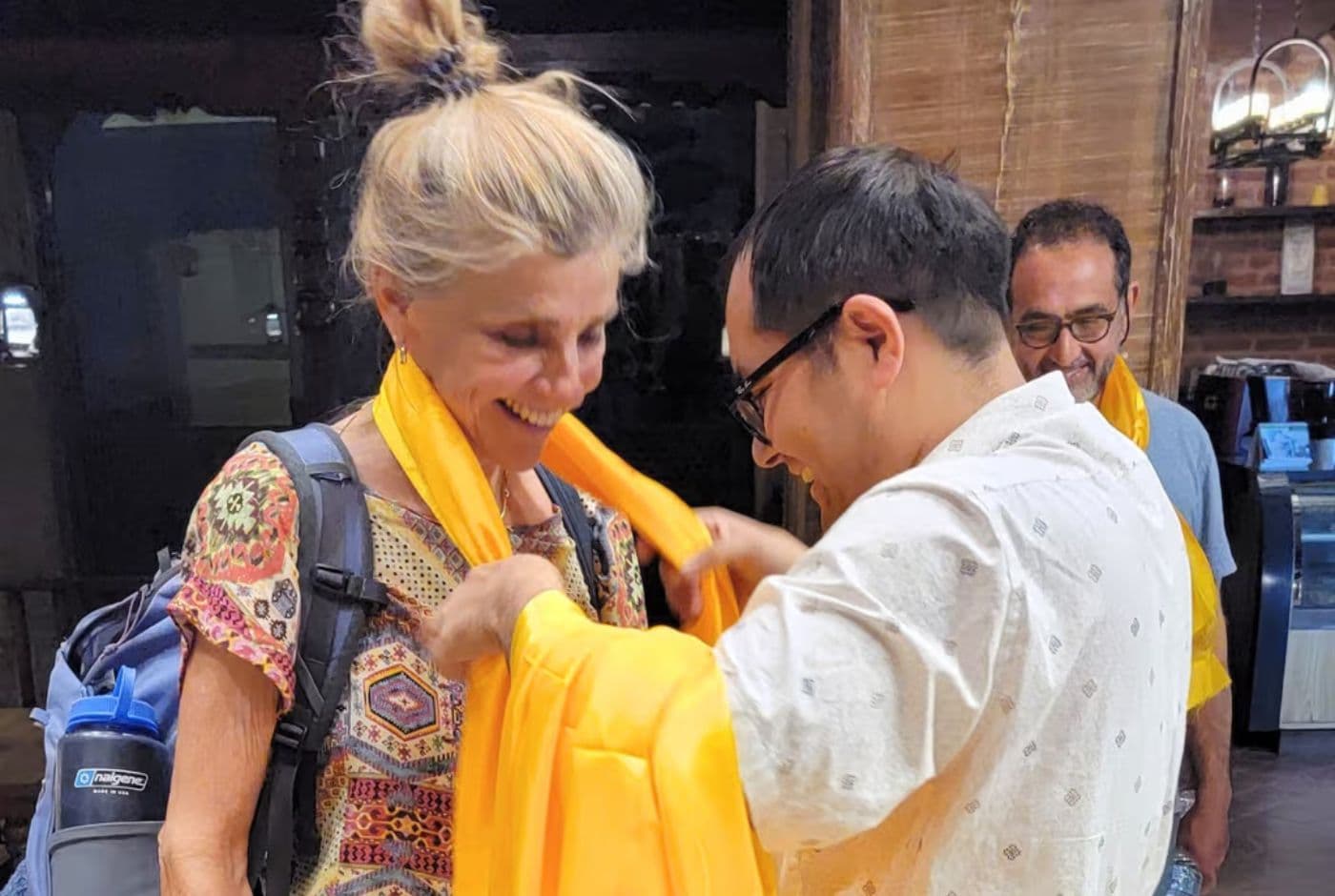
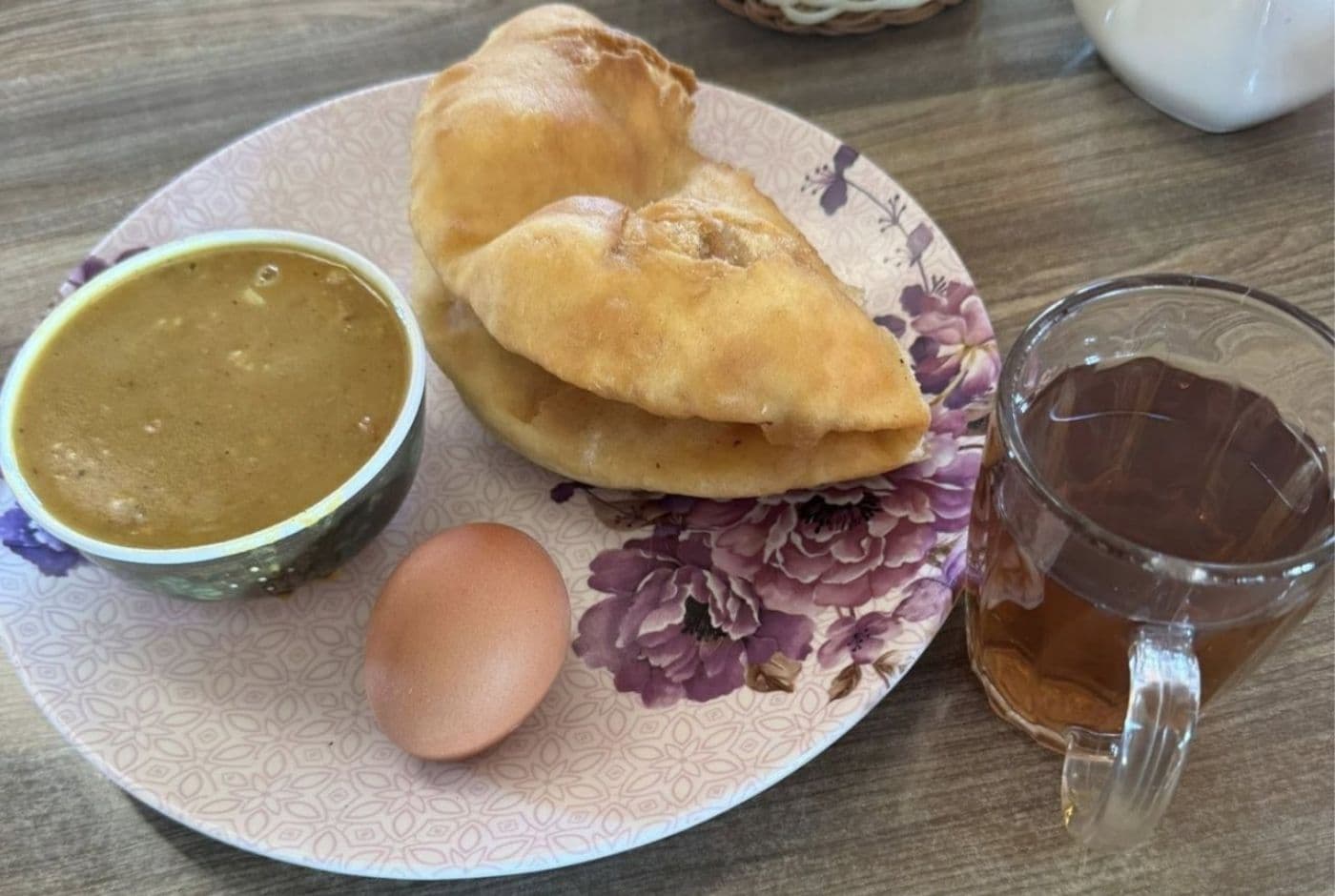
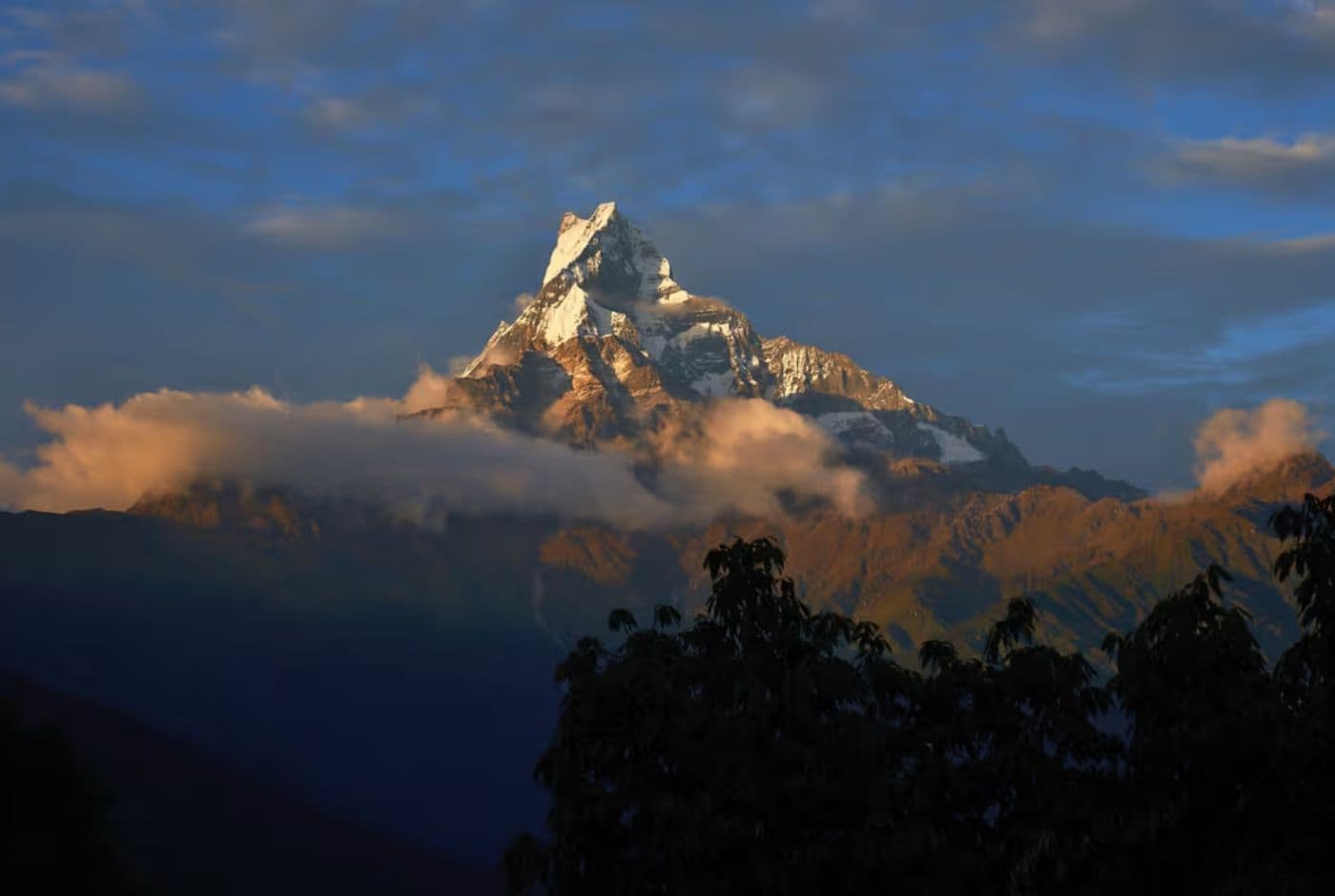
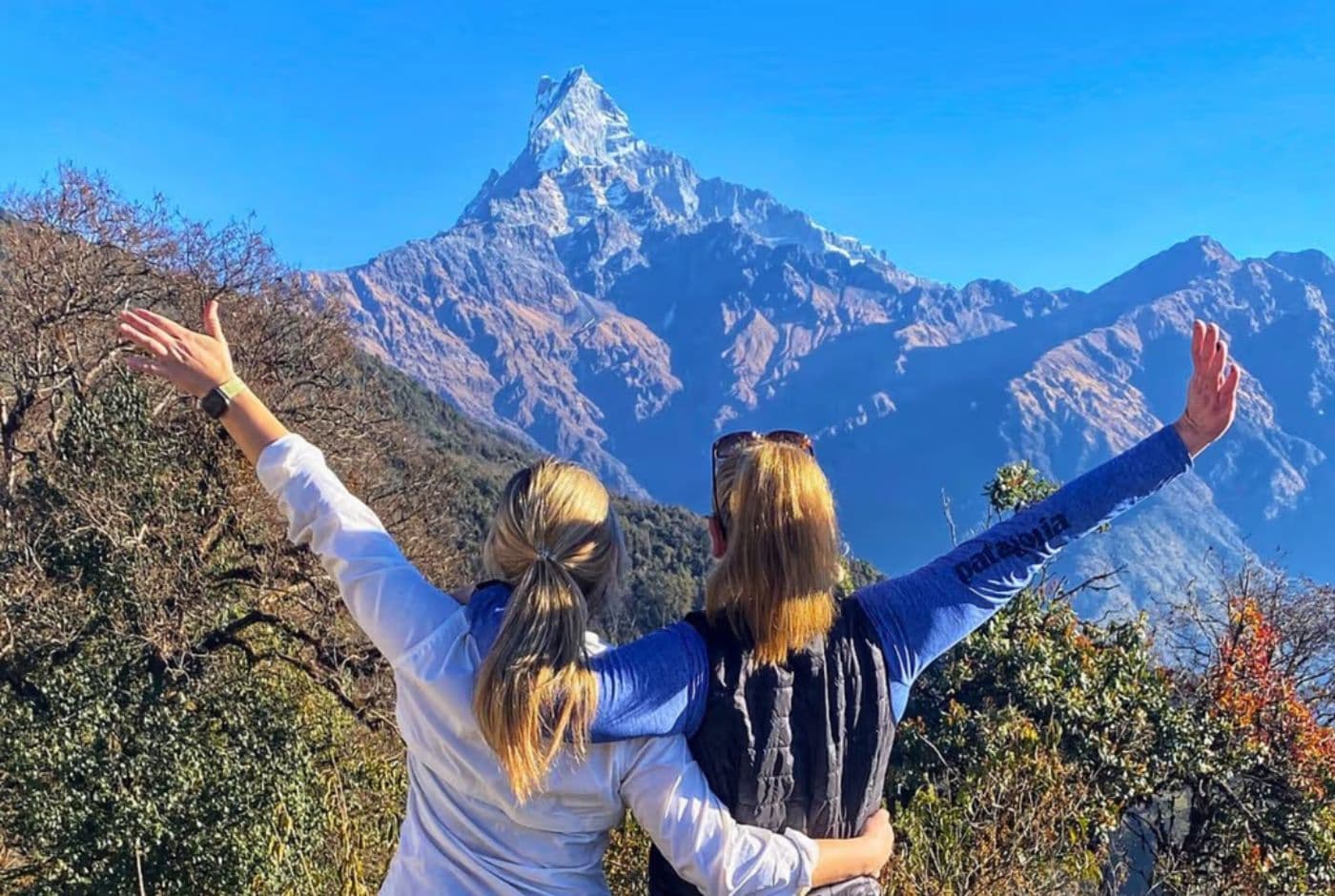

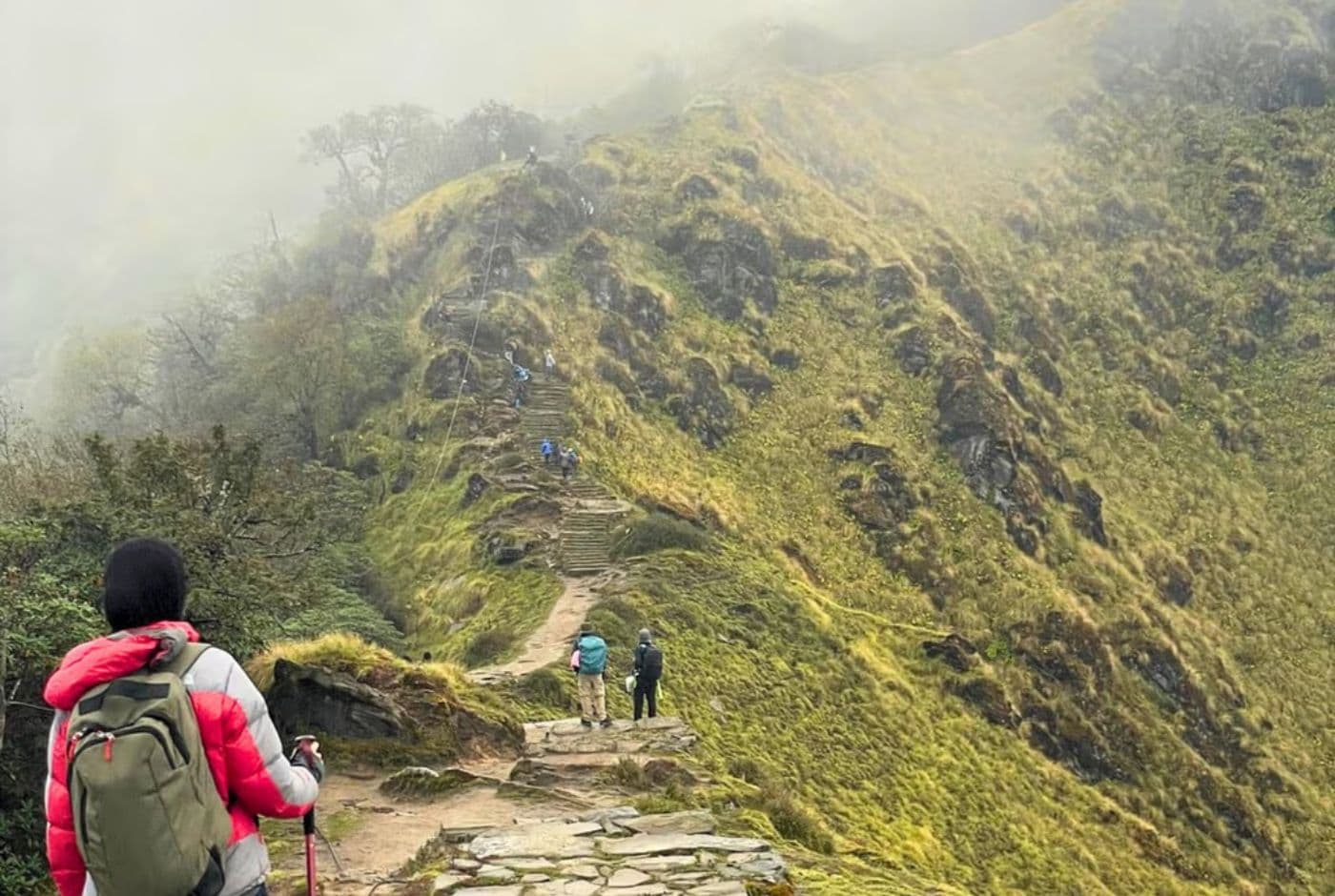


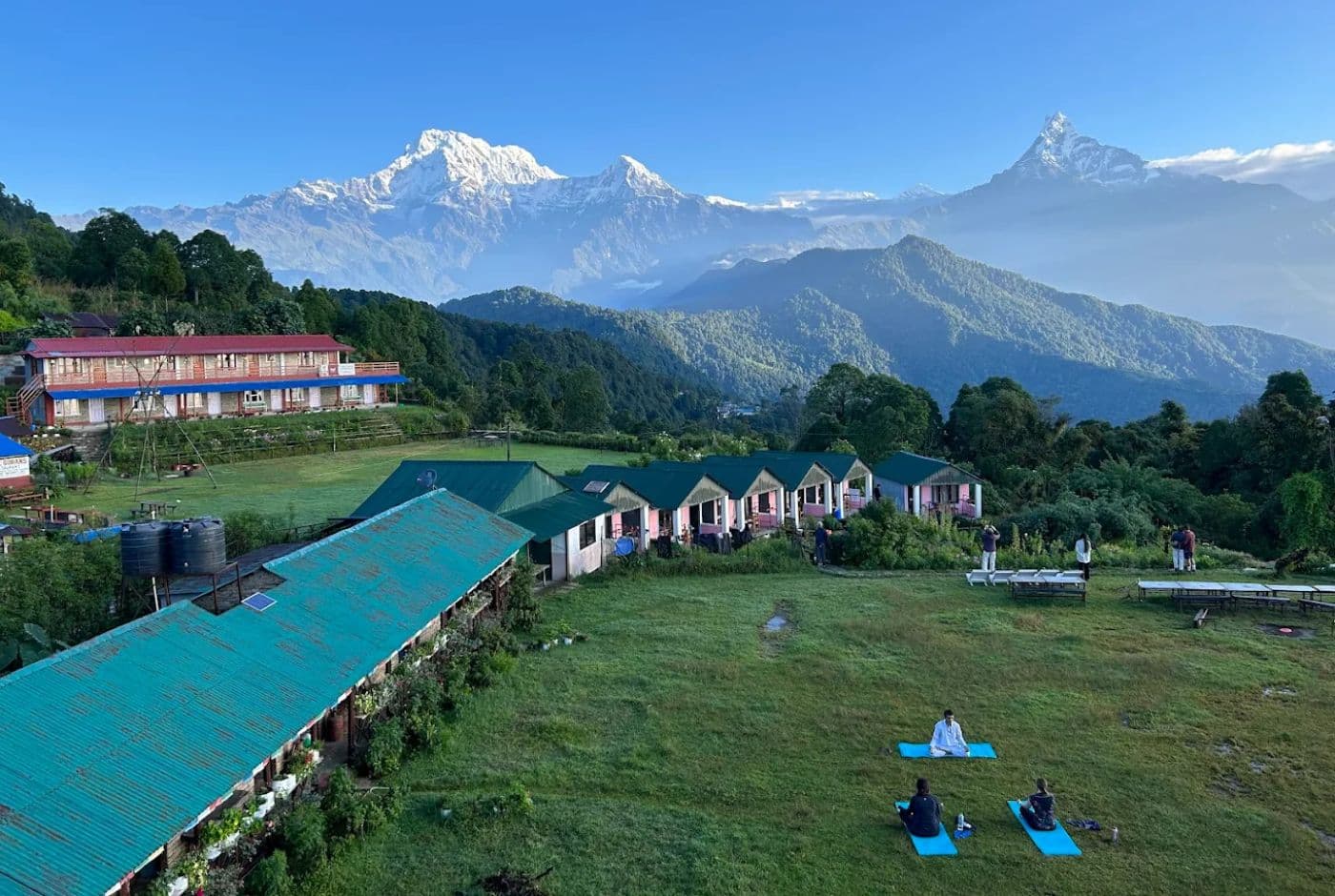
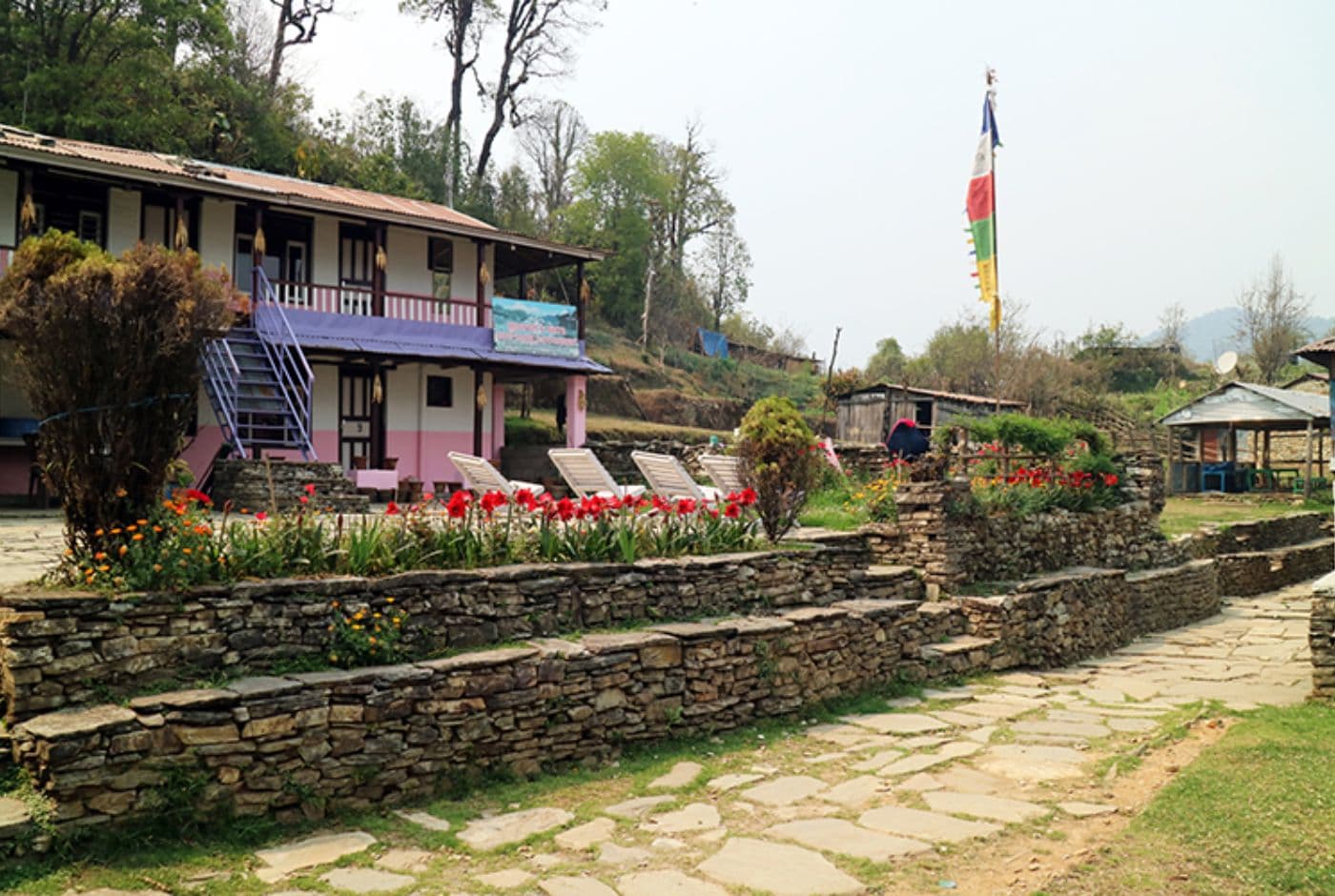
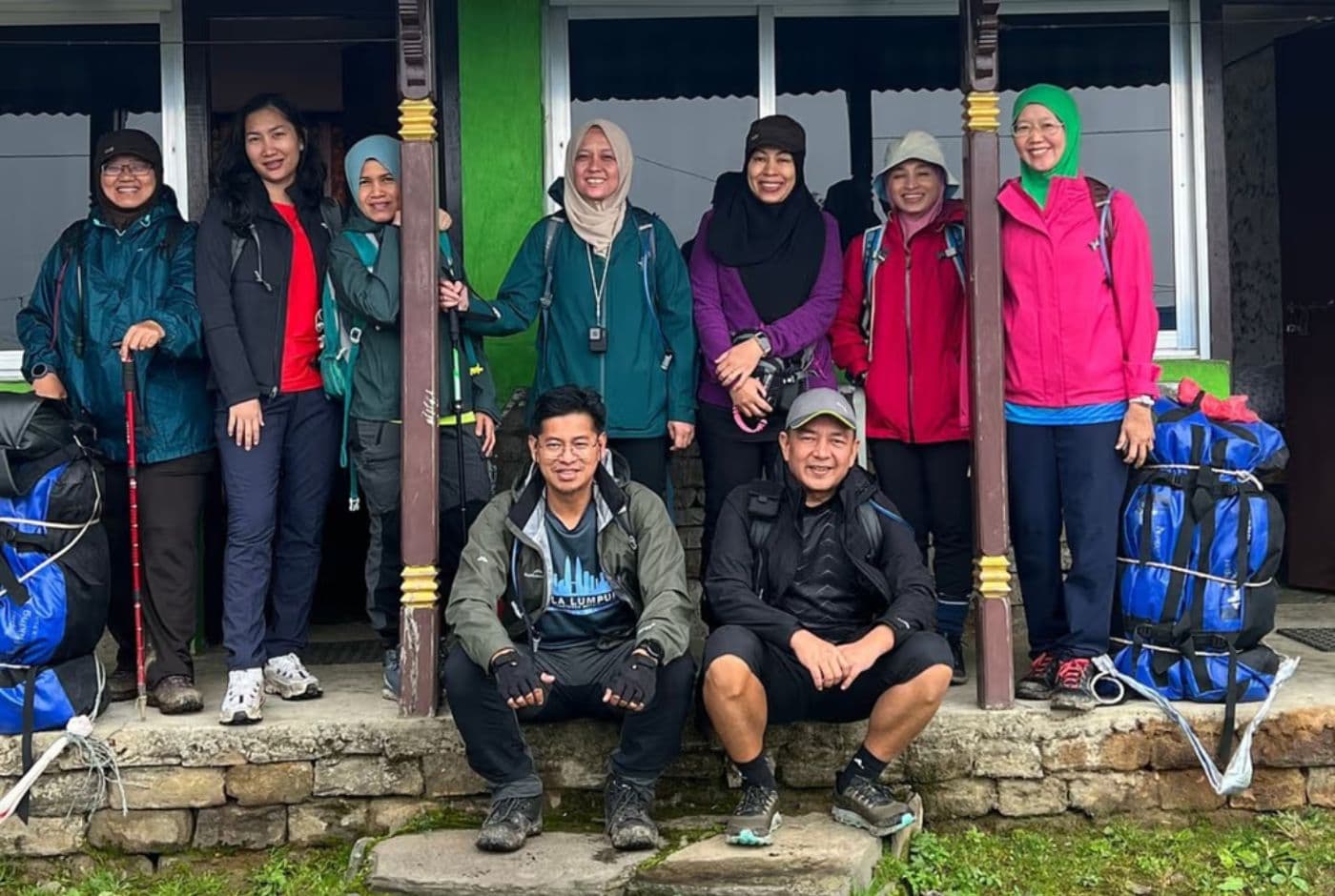
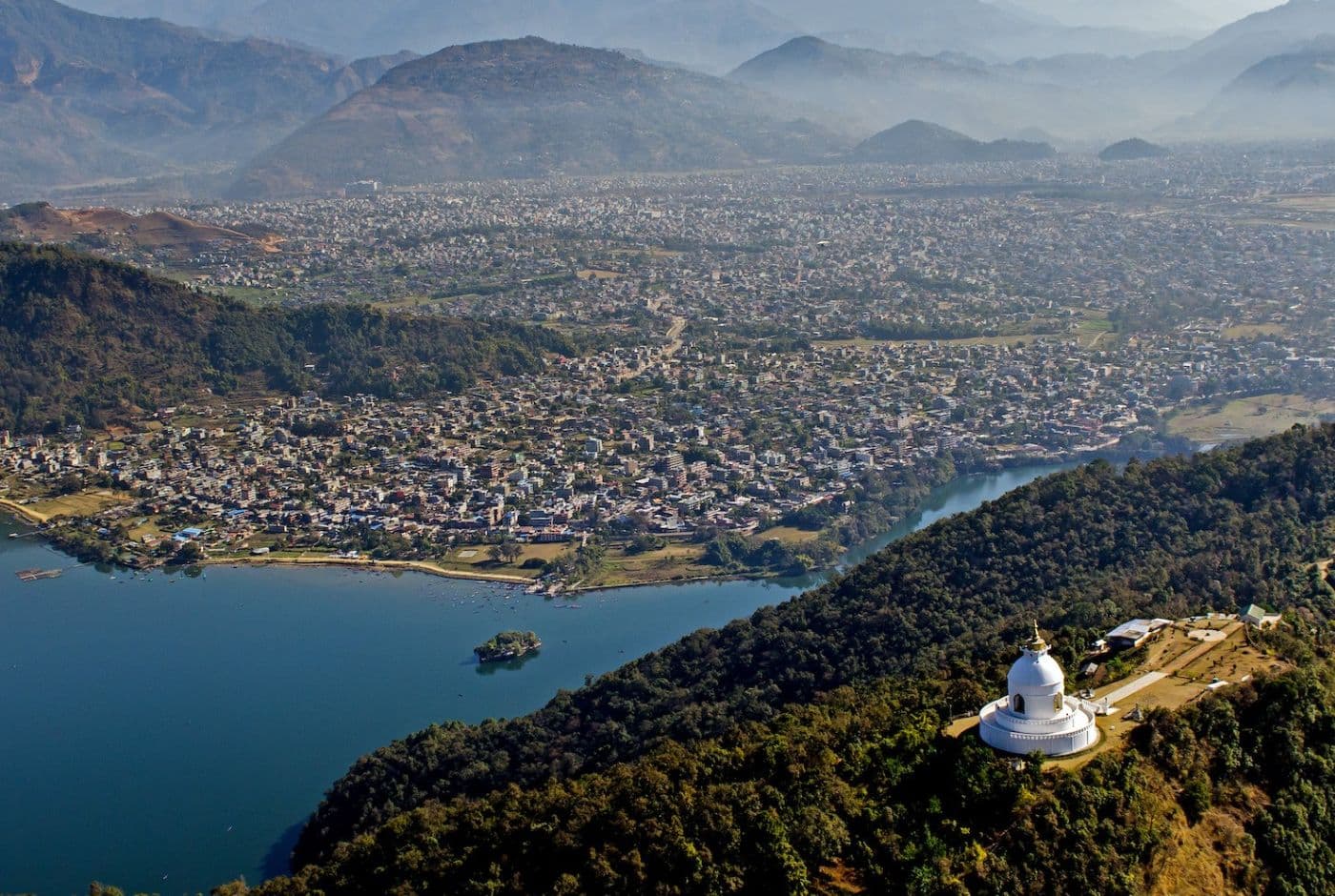


The Mardi Himal Trek is a nine-day journey through Nepal’s Annapurna region, known for its serene forests, well-maintained trails, and breathtaking close-up views of Machhapuchhre, Annapurna South, Himchuli, and Mardi Himal. The route reaches an altitude of around 4,200 meters and combines steady elevation gain with natural acclimatisation through gentle ascents and descents.
Graded as easy to moderate, it suits both beginners and experienced trekkers. The section between High Camp and the Upper Viewpoint is slightly demanding, with steep climbs and cold, windy early mornings testing endurance.
The only permit required for the Mardi Himal Trek is the ACAP (Annapurna Conservation Area Permit), checked at Pothana.
There’s no single best time for this trek, as each season offers unique charm. However, spring (March–May) and autumn (September–November) are ideal for clear skies, stable weather, and minimal snowfall.
Officially opened in 2012, this relatively new route provides a peaceful alternative to the busier Annapurna trails. It passes through traditional Gurung villages such as Lwang, Siding, and Pitham Deurali, where trekkers enjoy mountain hospitality, simple teahouse lodging, and locally prepared meals.
The trail is managed by the Mardi Trek Tourism Management and Merchant Committee, which regulates accommodation, food pricing, service standards, and water access to promote sustainable tourism along the route.
Throughout the trek, rooms are limited, and most tea houses charge per bed rather than per room. Bottled water is unavailable beyond Rest Camp (also known as Forest Camp or Kokar), but boiled or filtered water is available at every stop, typically sold per liter.
The walking trail winds through lush rhododendron and oak forests, blending gentle and challenging sections. Trekkers encounter stone steps, muddy stretches, and rugged paths, especially near High Camp. The final ascent to the Upper Viewpoint is a steep but rewarding climb with well-maintained steps and spectacular views.
The journey begins with a scenic drive from Pokhara to Dhampus, where the trail gently ascends through terraced fields and small villages. The section toward Deurali (2,100 m) follows a stone-paved path, offering early glimpses of Annapurna South and Hiunchuli. From there, the trail enters dense rhododendron and oak forests en route to Forest Camp (2,970 m). Though peaceful, this narrow earthen path can be slippery after rain.
Continuing toward Low Camp and Badal Danda (3,210 m), the forest opens up to panoramic ridge views dominated by Machhapuchhre. The section from Badal Danda to High Camp (3,580 m) follows a high, open ridge—moderately steep but not technical. Mornings are clear while afternoon clouds roll in, making early starts ideal.
The final push from High Camp to the Mardi Himal Viewpoint (4,200 m) is a demanding alpine climb along a rocky ridge, often windy and cold with occasional snow in winter. The descent follows a gentler route through Siding Village (1,750 m), passing forests and terraced farmland.
Trail conditions remain favourable most of the year. However, monsoon months (June–September) bring mud and leeches, while winter (December–February) can add snow at higher elevations, especially beyond Rest Camp.
Your journey to Mardi Himal begins the moment you step into Kathmandu’s welcoming air. After clearing immigration and collecting your luggage, you’ll find our representative waiting outside the terminal with a Nepal Hiking Team placard. They greet you with an easy smile and walk you to the private vehicle that will take you into the heart of the city.
The short drive gives you a first glimpse of Kathmandu as the rhythm of daily life unfolds around you. You’ll notice shopkeepers arranging fresh displays, street vendors preparing morning tea, and motorbikes weaving through lively intersections. This early impression captures the city’s honest, colourful spirit.
Once you arrive at your hotel and complete check-in, the rest of the day is yours to recharge. Many guests simply unwind after their flight, while others stroll through nearby streets to absorb Kathmandu’s atmosphere at a gentle pace. This quiet pause helps you settle in before the journey to Pokhara and the forested paths leading toward Mardi Himal.
Today, you will meet your guide for a clear and friendly briefing focused entirely on the Mardi Himal Trek. You will talk through the day-by-day plan, including the forested trails above Dhampus, the quiet teahouse villages along the ridge, and the gradual ascent toward the Mardi High Viewpoint. The guide will also check your gear to make sure you are well prepared for the cool mornings and the breezy higher sections of the route.
We will hand over the essential items you will take to the Annapurna region, including a sturdy Nepal Hiking Team duffel bag, a warm down jacket rated to minus 15 degrees Celsius, and a sleeping bag rated to minus 20 degrees Celsius. These pieces are chosen specifically because the upper stretches of the Mardi Himal trail can get cold, especially before sunrise.
During the briefing, our team will collect your travel insurance details and any remaining documents that are required for the trek. If there is an outstanding balance, you can settle it now with either card or cash. Card payments include a 3.5 per cent processing fee.
You will also receive a Nepal Hiking Team t-shirt, a detailed Mardi Himal route map, and a comfortable NHT baseball cap to take with you.
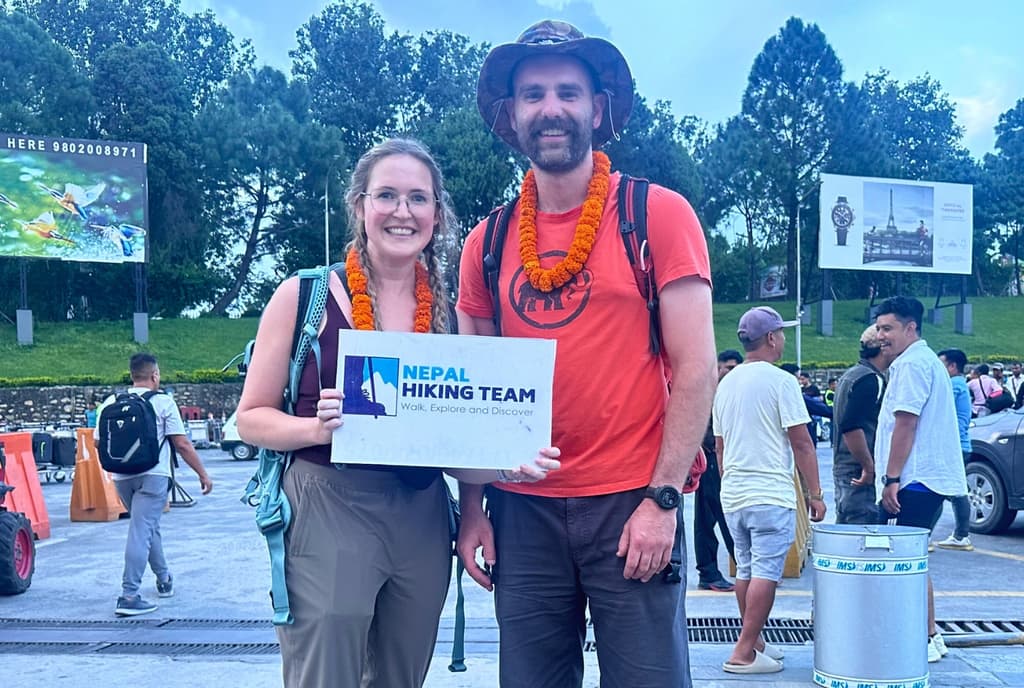
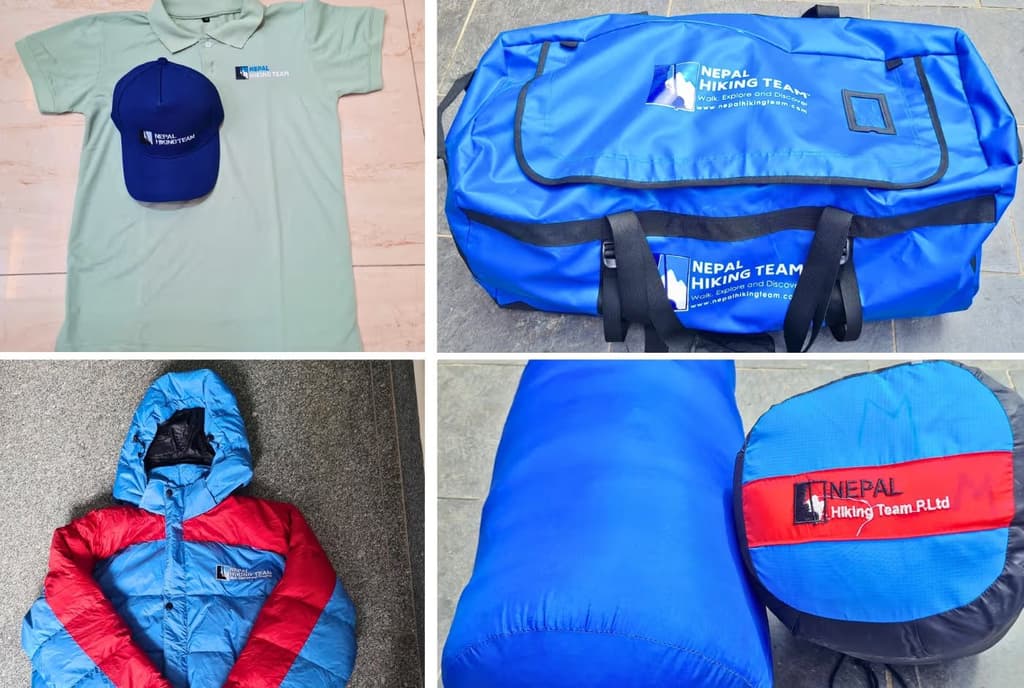
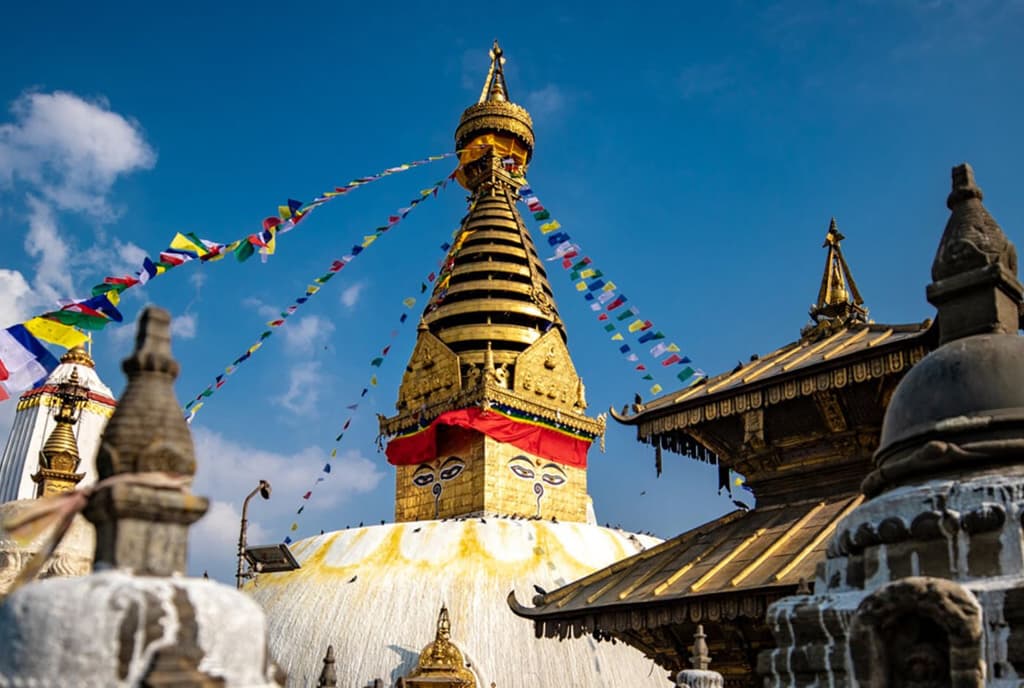
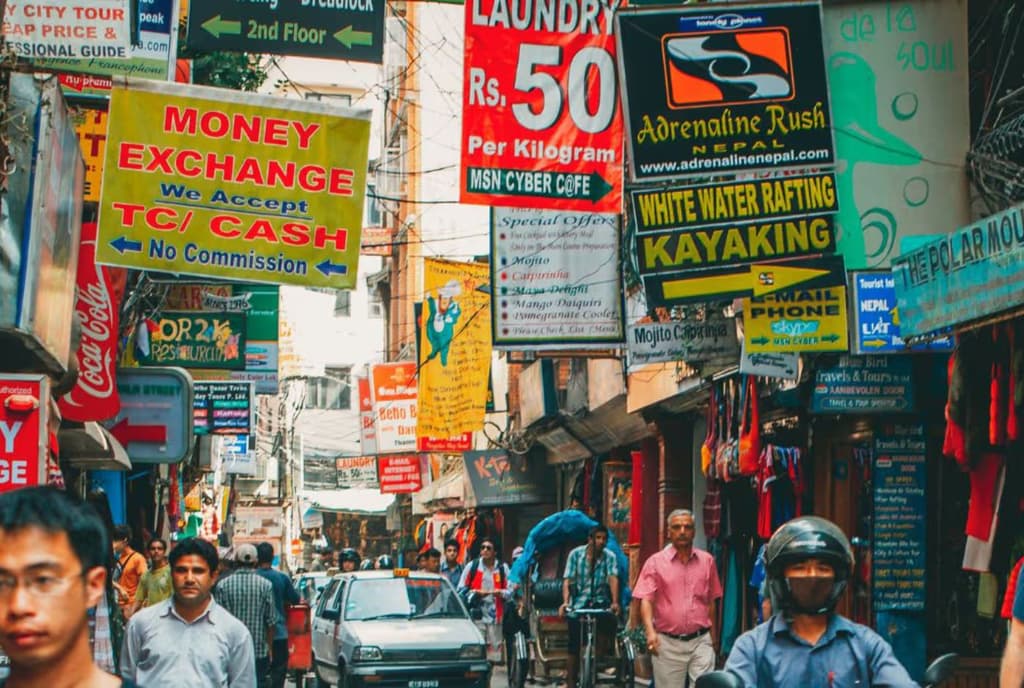
Your guide will meet you at your hotel early in the morning and accompany you to the tourist bus station. As the journey begins, the highway traces the Trishuli River, revealing deep valleys, terraced hillsides, and glimpses of everyday life in rural Nepal. The drive usually takes six to seven hours, giving you time to unwind and settle into the slower pace of the mountains.
Along the way, you’ll pass through small market towns, river gorges, and winding stretches of road that open toward the mid-hill landscapes. The changing scenery offers a refreshing transition from the bustle of Kathmandu to the calm atmosphere of western Nepal.
By early to mid-afternoon, you’ll arrive in Pokhara, a lakeside city known for its serene ambience and striking Himalayan backdrop. After checking into your hotel, you can spend the rest of the day relaxing, exploring the lakeside area, or preparing for the trekking days ahead.
The journey from Pokhara to Kathmandu by road often stretches to six or seven hours, especially when traffic builds along the highway. A short domestic flight offers a far easier alternative, covering the same distance in just twenty-five minutes for USD 115 per person. Choosing this quicker option keeps you energized and ensures you finish your Mardi trek on a high note with far less fatigue.

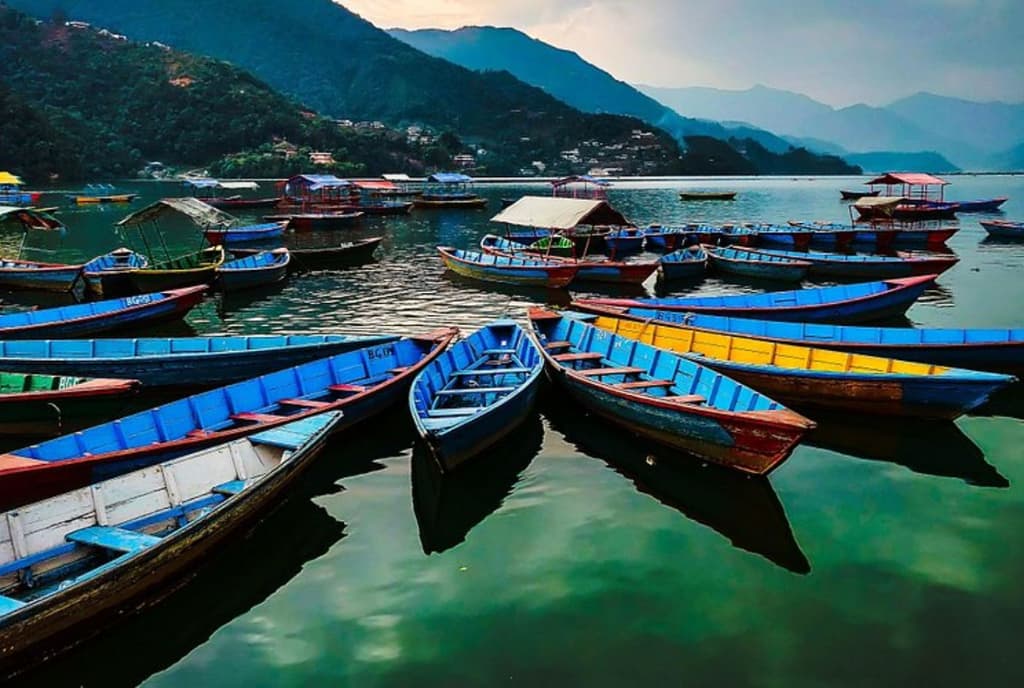

Pokhara → Dhampus: 30–40 mins drive → Pothana: 1.5–2 hrs trek → Pothana → Australian Camp (optional): 20–30 mins trek → Pothana → Pitam Deurali: 1.5–2 hrs trek
After breakfast, you’ll continue with a 30–40 minute drive along a winding hill road lined with rice terraces, small farmhouses, and views that open toward the lower valleys. The route leads you to Dhampus Village, a beautiful Gurung settlement known for its stone-built homes, quiet footpaths, and friendly atmosphere. Children often play along the trails, and the landscape spreads wide beneath the village, creating a warm and welcoming first impression.
From Dhampus, your trek begins on a gradually rising stone-paved trail that weaves through rhododendron forests and terraced fields. The path is well maintained, though a few sections feel steep as the route climbs toward Deurali. As you ascend, the air turns crisp and refreshing, carrying the scent of pine and earth. On clear days, the distinctive peak of Mt. Machhapuchhre (Fishtail) appears above the ridgeline, strikingly catching the light.
You’ll continue toward Pothana, a small village surrounded by stands of oak and maple, where your ACAP permit will be checked. Just above Pothana lies the Australian Camp, a broad grassy ridge that offers one of the most impressive panoramas of the Annapurna and Dhaulagiri ranges. Many trekkers pause here to rest and take in the scenery before moving on.
The final stretch to Pitam Deurali follows a peaceful forest trail with a steady, gentle climb. As you arrive in Deurali, cool mountain air and sweeping views of the hills greet you. The area feels calm and inviting, making it an ideal place to end your first trekking day.

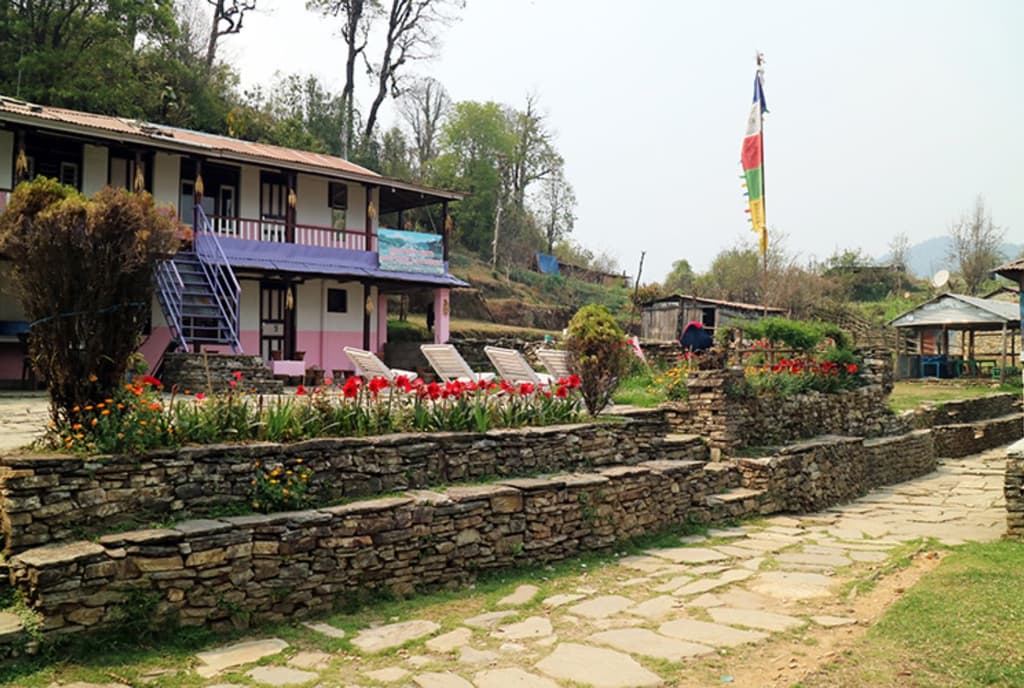
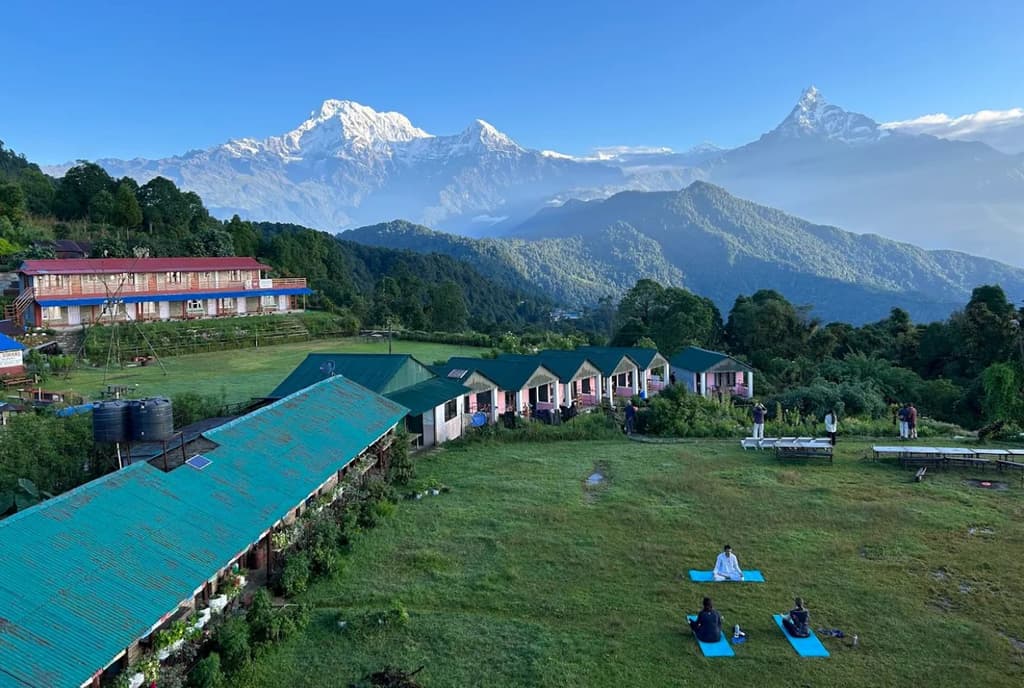
After breakfast, you set out on a steady trail toward Forest Camp, a quiet stop tucked deep within the woodlands of the Mardi Himal region. The path climbs gradually through dense stands of oak, maple, and rhododendron, where the air feels cool and earthy. Although well-defined, a few sections rise more sharply, weaving through narrow bends shaded by tall trees that catch soft beams of morning light.
The forest around you is alive with rustling leaves and birdsong, creating a calm rhythm as you walk. Moss-covered stones, wild orchids, and pockets of filtered light give this section a distinctly untouched character. Many trekkers find the peaceful setting both refreshing and meditative, especially as the trail moves deeper into the natural landscape.
Forest Camp earned its name when this clearing first served as a simple campsite soon after the Mardi Himal route opened in the early 2010s. Today, a handful of family-run lodges offer basic yet comfortable accommodation while preserving the area’s back-to-nature atmosphere.
From this point onward, trekkers are encouraged to maintain the forest’s quiet environment. Playing music is not permitted to help protect the natural soundscape and the calls of local wildlife. Plastic mineral water bottles are also prohibited under the Annapurna Conservation Area guidelines. Instead, guesthouses provide safe drinking water by the litre—boiled, filtered, and available for refill at a small cost.
After a rewarding day on the trail, you’ll settle into your guesthouse surrounded by tall trees and cool mountain air, a peaceful setting perfect for a restful night.
There are no facilities between Deurali and Forest Camp, so make sure to carry sufficient water and snacks before leaving the village.
As you move beyond Rest Camp, bottled mineral water is no longer sold along the trail. This rule is part of the broader conservation effort within the Annapurna Conservation Area, aimed at reducing plastic waste in high-altitude forests. Instead, every guesthouse provides safe drinking water that is both boiled and filtered, and available for purchase by the litre. This system ensures you stay well hydrated while helping protect the fragile mountain environment. Refilling your reusable bottle not only supports eco-friendly travel but also keeps the trail clean for the communities and wildlife that call this region home.
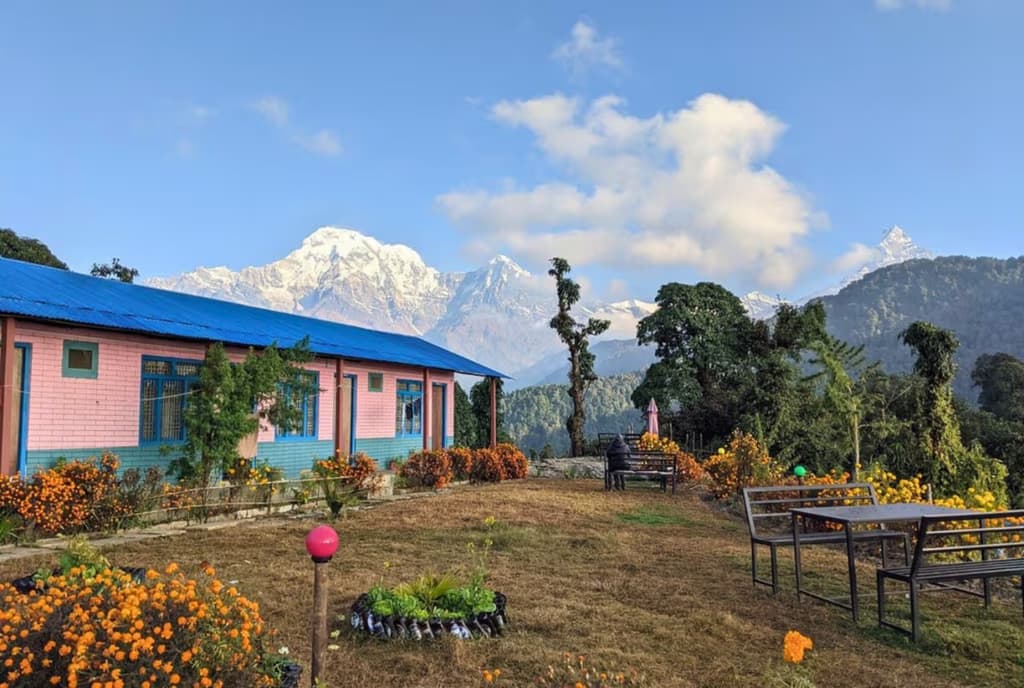
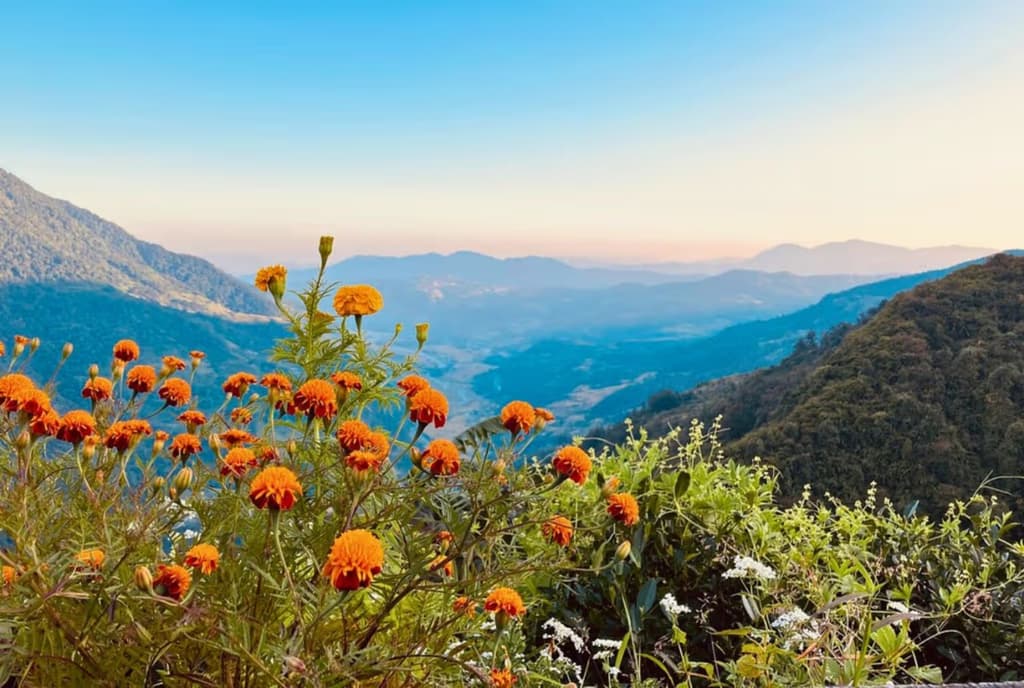
After breakfast, the trail climbs steadily above Forest Camp, moving through dense woodlands filled with towering rhododendron, oak, and maple. The cool, thin air and filtered light create a calm, almost mystical mood as you gain elevation. The narrow path winds over roots and stones, making your steps slow and intentional. Moss, lichen, and damp forest scents deepen the sense of walking through a wild and ancient landscape.
As the trees begin to thin, you approach Low Camp, where you stop for lunch. The clearing suddenly opens to reveal your first wide view of Mt. Machhapuchhre (Fishtail). Its sharp, triangular summit rises dramatically against the sky, and on clear days the sunlight catches its snow-covered face, turning the peak a glowing silver-white. It feels like the moment the mountains truly announce themselves.
After lunch and a short rest, the trail turns westward toward the higher ridges. The environment shifts quickly—the deep forest gives way to open shrubland filled with rhododendron bushes, especially vibrant during spring when the hillsides bloom in bright reds and pinks. To the west, enormous walls of Annapurna South and Hiunchuli unfold, becoming larger and more imposing with every step.
As you continue along the Mardi Himal ridge, the scenery becomes more dramatic. The calls of mountain birds echo from the valleys, and with a bit of luck, you might spot the Danphe, Nepal’s national bird, flashing iridescent blue and green as it moves through the bushes.
By late afternoon, you reach High Camp, a small cluster of lodges perched on an open slope. Compared to Low Camp, the facilities are slightly larger and more comfortable, making the stop feel welcoming after the day’s climb. The terrace offers one of the finest panoramas of the entire trek—Annapurna South, Hiunchuli, and Machhapuchhre rise directly before you, glowing gold as the sun drops behind the hills. It’s a dramatic and unforgettable place to settle in for the night.
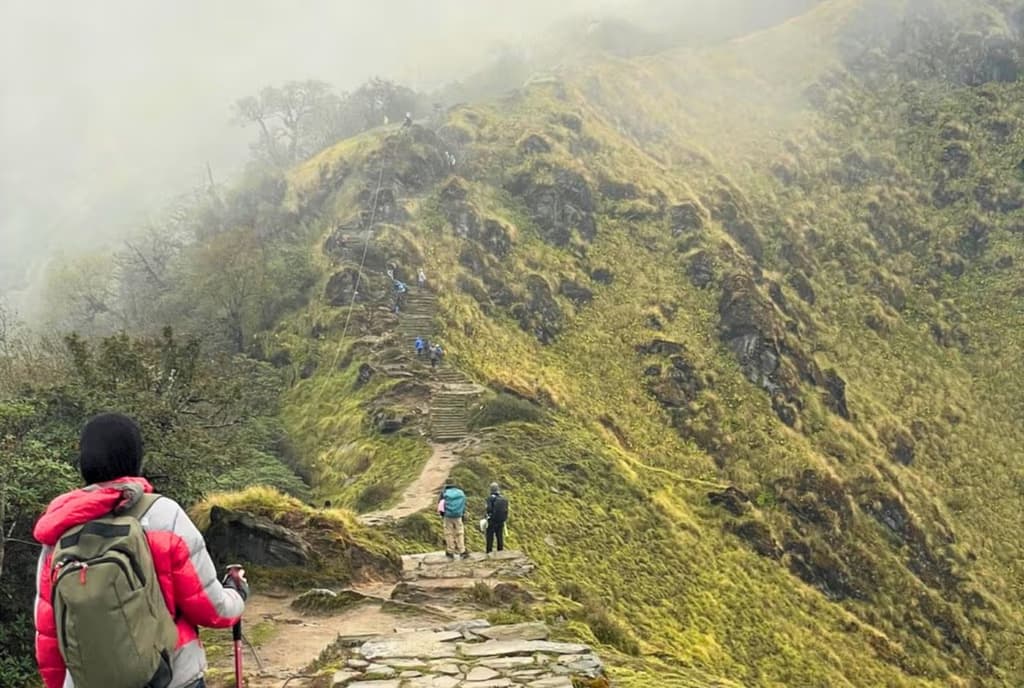
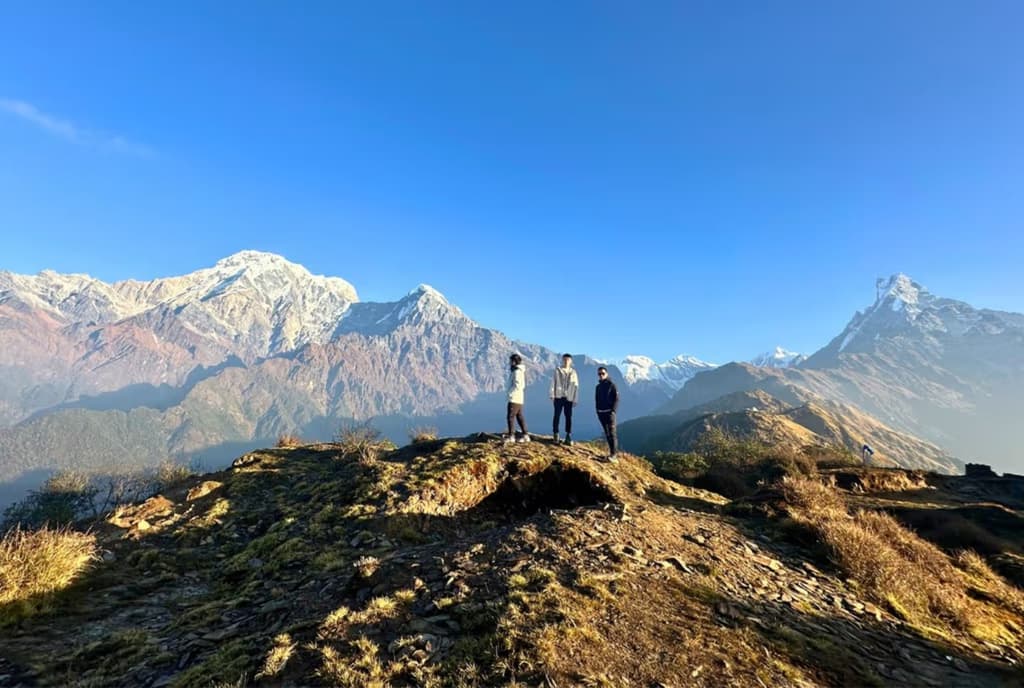
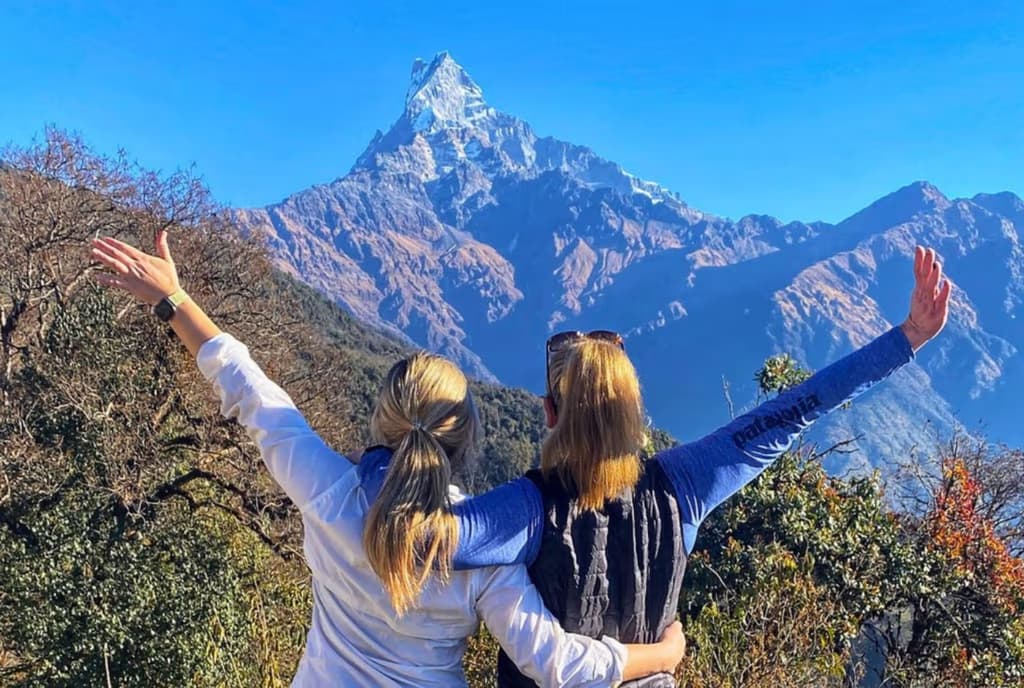
High Camp → Viewpoint: 3 hrs hike (5–6 km) → Viewpoint → High Camp: 2–2.5 hrs descent (5–6 km) → Badal Danda: 3–4 hrs descent (6 km)
You begin the most memorable section of the trek before dawn, typically around 4:00 a.m., stepping out into crisp mountain air with your headlamp lighting the narrow trail. The early start is essential—you’ll reach the upper ridge just in time to witness the legendary sunrise over the Himalayas.
The climb toward the Mardi Himal Viewpoint is steady and demanding. The trail is narrow and rocky in places, with short but sharp ascents that require careful footing. As you gain elevation, the terrain becomes increasingly rugged and the winds stronger, yet every turn reveals a wider sweep of mountains. Annapurna South, Hiunchuli, and the imposing face of Mt. Machhapuchhre grow clearer and more dramatic as dawn approaches.
When the first rays of sunlight strike the snow-covered peaks, the entire landscape glows with deep gold and soft pink tones. It’s a quiet, powerful moment—one that remains vivid long after the trek is over. Mardi Himal itself holds deep spiritual significance for local communities, who regard it as a sacred presence in the region.
Along the trail, you may spot the Lophophorus (Danphe), Nepal’s national bird, known for its iridescent plumage. Seeing it move across the open alpine slopes adds an unexpected touch of colour to the morning’s stillness.
After taking in the panorama, you can enjoy your packed breakfast at the viewpoint or hike back to the lodge for a warm meal. Those seeking an extra challenge may continue farther toward Mardi Himal Base Camp (≈4,500m), a more demanding extension that rewards trekkers with extraordinary close-up views of the Annapurna range.
You then return to High Camp for rest and a well-earned meal before beginning the descent.
After a short break, you start descending along the same ridge trail toward Badal Danda. The route gradually drops through open slopes and scattered shrubs, offering clear, uninterrupted views of Machhapuchhre and the rolling hills below. By the time you reach Badal Danda, you are welcomed by its iconic position above the clouds—an incredible vantage point that often feels like standing on a floating island in the sky.
It’s a beautiful and peaceful place to end the day, surrounded by shifting cloud layers, evening light, and a sweeping Himalayan skyline.
The hike to Mardi Himal Base Camp is not part of our standard Mardi Himal Trek itinerary. However, trekkers who wish to extend their adventure can continue beyond the Viewpoint. The extension requires about two additional hours of steep and challenging ascent, followed by a similar amount of time to return.
Choosing this option adds approximately four extra hours to your day. Because of the demanding nature of the route and the longer hiking duration, your overnight stop or accommodation location may change to ensure safety, comfort, and proper acclimatization. Our guide will assess trail, weather, and group condition before confirming this extension.

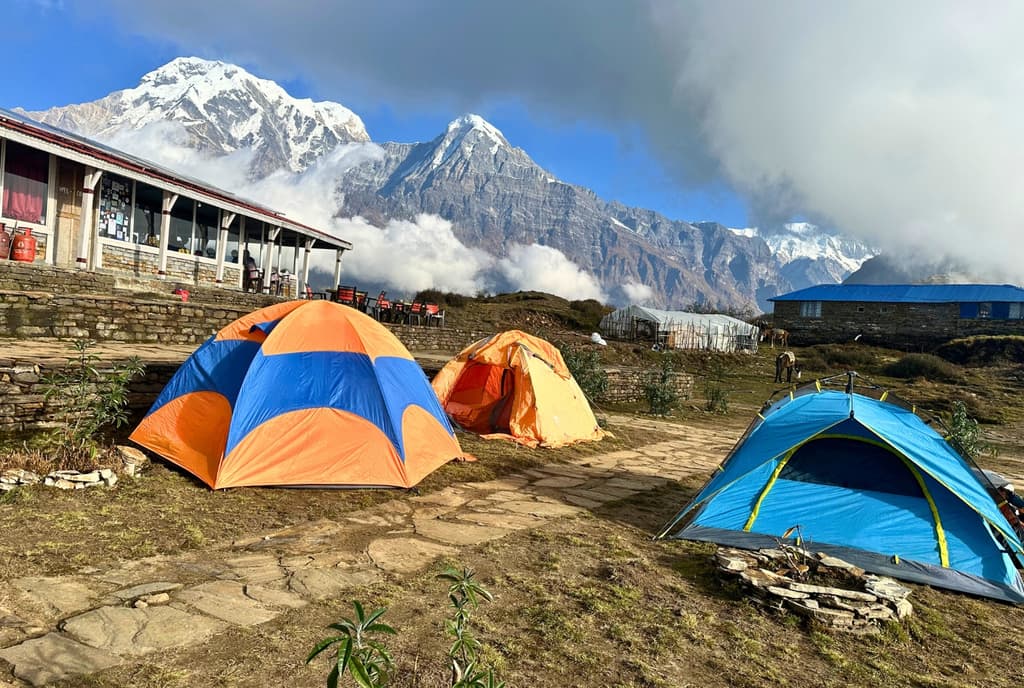
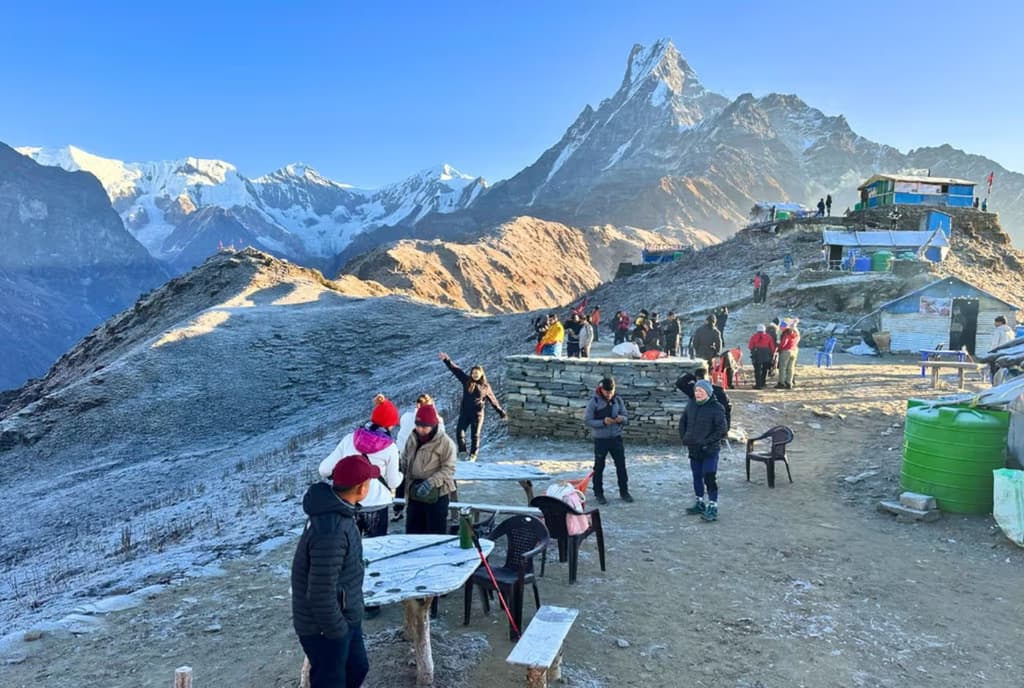
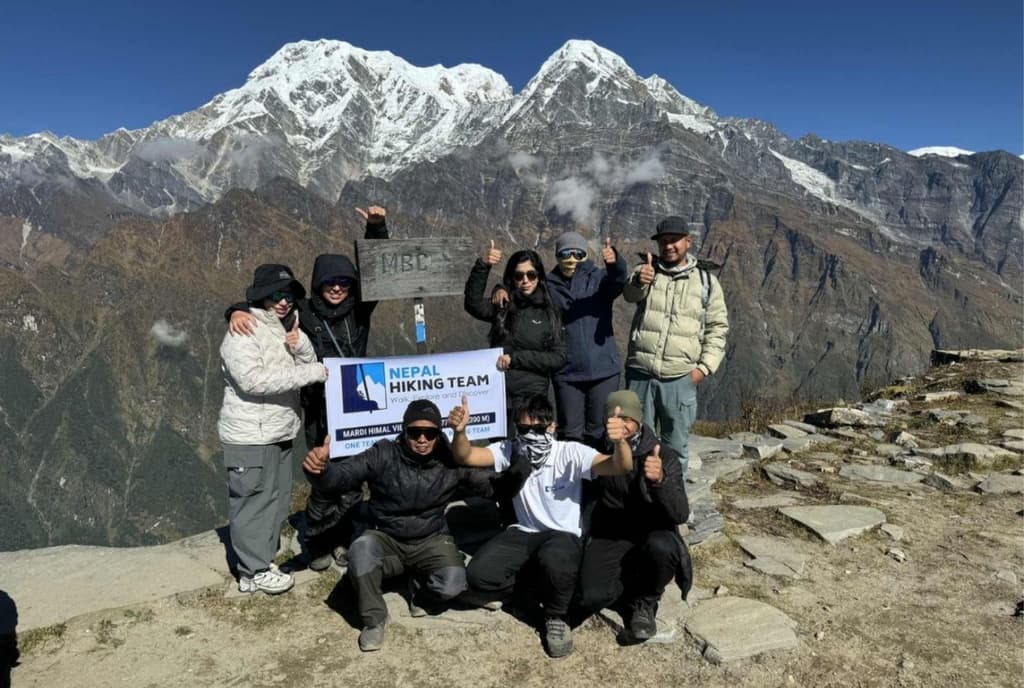
Badal Danda → Low Camp: 1.5–2 hrs descent (3–4 km) → Siding Village: 4 hrs trek (7–8 km) → Siding → Pokhara: 3 hrs drive (65 km)
You begin your descent from Badal Danda, leaving behind the cool alpine air and the towering peaks that have accompanied you over the past few days. The trail drops gently along open ridgelines before dipping back into dense forest. As you lose elevation, the quiet stillness of the high mountains gives way to the soft rhythm of birdsong and rustling leaves.
Further down, the landscape shifts noticeably. The rhododendron and oak forests gradually open to terraced fields, scattered farmhouses, and small hillside settlements. The stone-paved path can feel slippery after rainfall, so careful steps are important. Along the way, you may meet friendly villagers carrying baskets of firewood or fresh vegetables, offering a brief look into everyday life in the lower hills.
After about four hours of descent, you reach Siding Village, a welcoming Gurung settlement surrounded by green hills and rice terraces. The warmth of the village atmosphere provides a comforting contrast to the cool, high-altitude days. Here, you can rest, enjoy a hearty lunch, and take one last look at the distant snow peaks now floating above the clouds.
From Siding, a three-hour scenic drive brings you back to Pokhara. The road curves through quiet valleys and rural communities before the view finally opens toward Phewa Lake, shimmering in the late-afternoon light.
Once in Pokhara, you can slow down, stroll by the lakeside, or simply enjoy the comfort of the city after several rewarding days in the Himalayas.
We retrace the scenic ridge from High Camp back down to Low Camp, taking in the familiar mountain views from a new perspective. From Low Camp, the trail shifts toward Siding rather than returning through Rest Camp, leading you on a gentle descent through quiet forests, terraced hillsides, and traditional rural settlements.
Travellers can also stop at Siding Village or extend the route to Ghalel Village. Ghalel is a traditional Gurung settlement celebrated for its rich culture, warm hospitality, and authentic village lifestyle. Many trekkers prefer visiting Ghalel over Siding, as it offers a deeper look into Gurung heritage—from local cuisine and daily routines to traditional dress and community life.
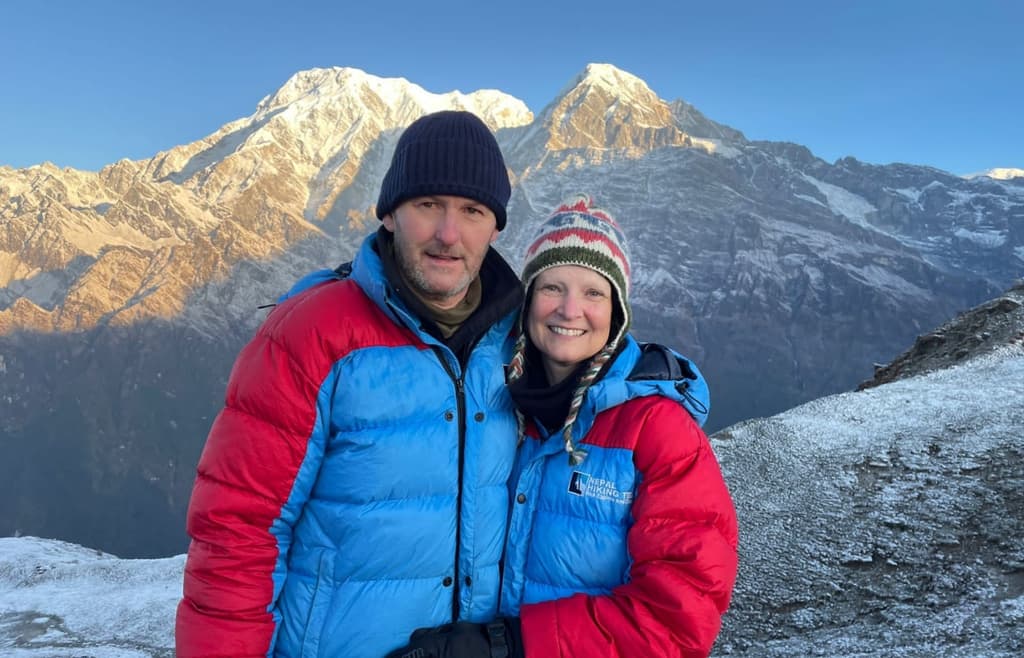
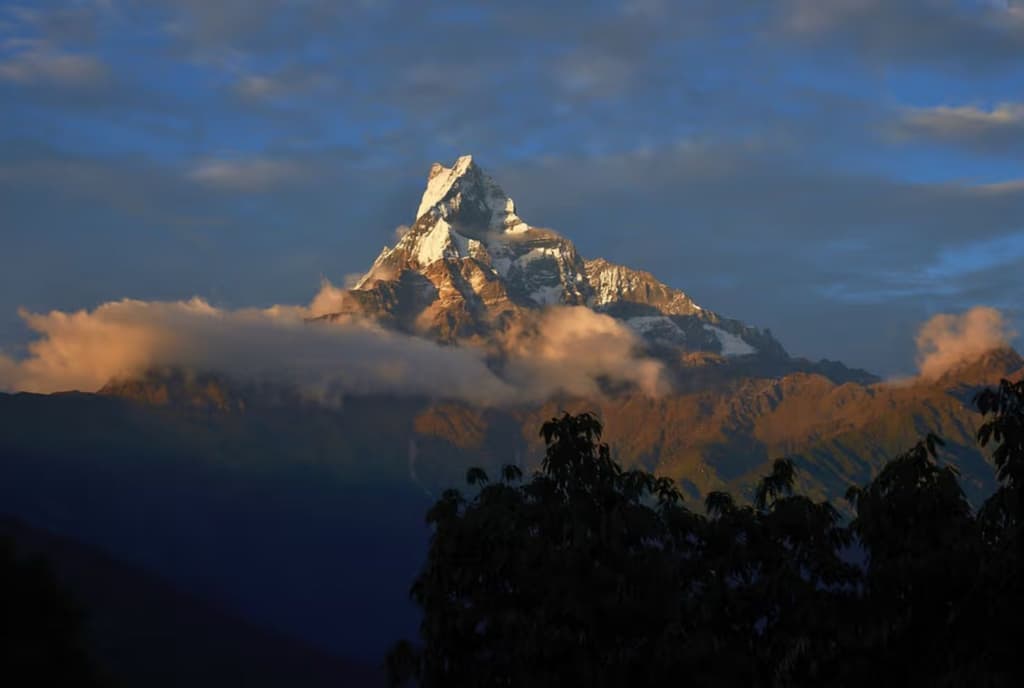

Your return journey to Kathmandu begins with a scenic tourist bus ride along Nepal’s winding mid-hill highways. As the road follows the Trishuli River and passes through small towns and terraced hillsides, the shift from alpine landscapes to lowland valleys becomes evident. After several days surrounded by snow-capped peaks, the increasing bustle of the route feels like a gentle transition back toward city life.
Once you arrive in Kathmandu, you’ll check into your hotel for an overnight stay. This break gives you time to rest, recover from the long drive, and enjoy the comforts of the capital after your days in the mountains.
At Nepal Hiking Team, each trekker is awarded a Mardi Himal Trek Completion Certificate, recognising their achievement of reaching the 4,200-meter Upper Viewpoint—a proud milestone and a lasting reminder of their Himalayan adventure.
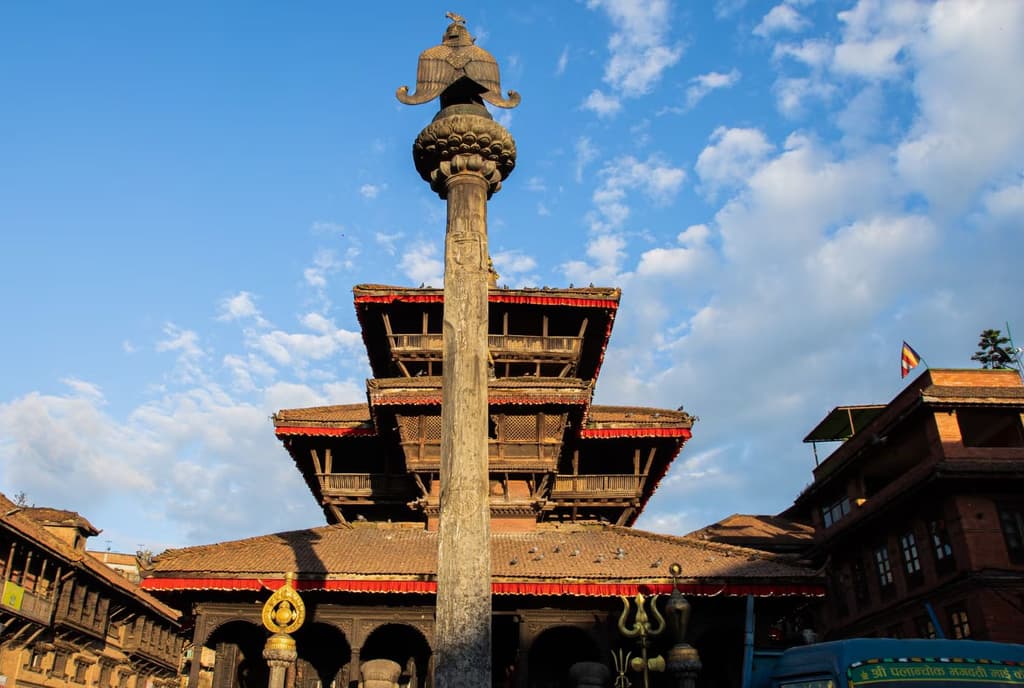
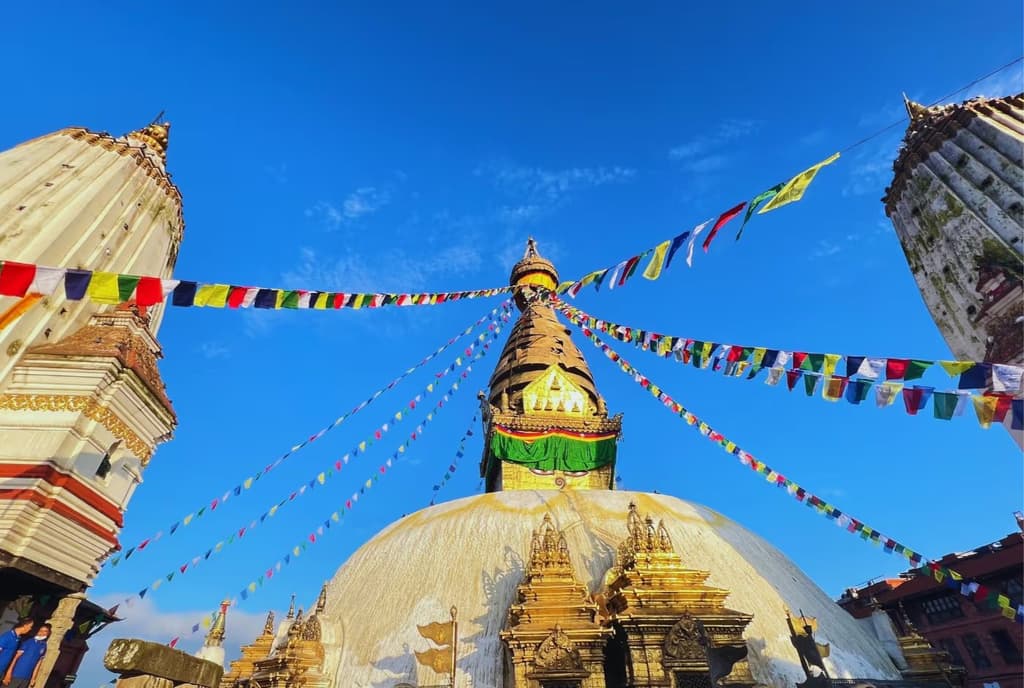
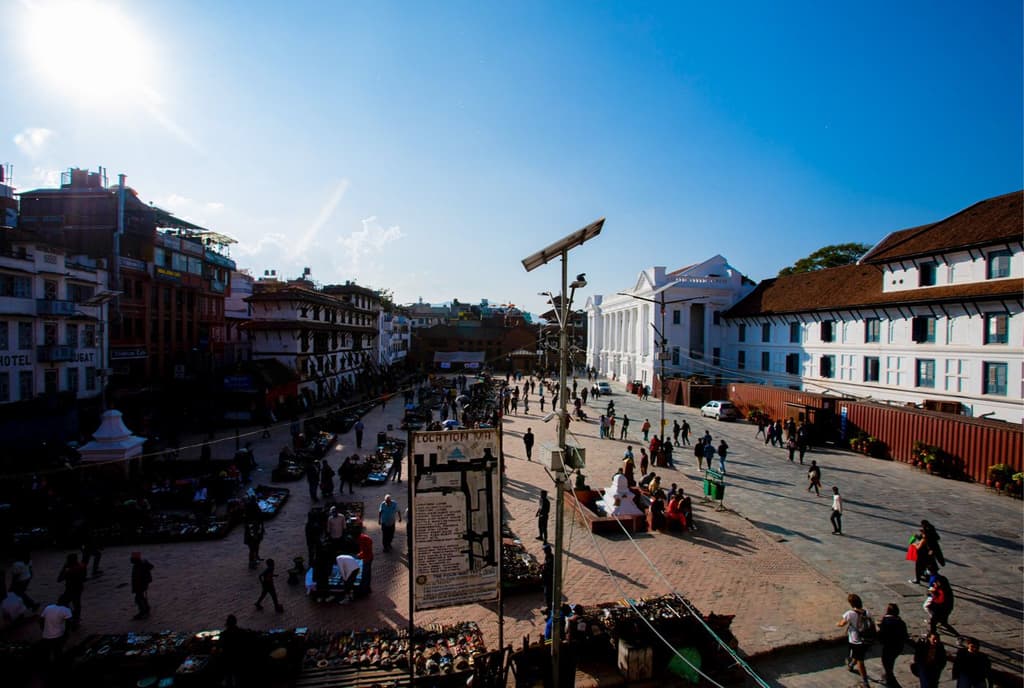
Your remarkable Mardi Himal journey comes to a thoughtful close today. After breakfast, we will transfer you comfortably to Tribhuvan International Airport for your flight home. Our team ensures you arrive at least 3 hours before departure, giving you plenty of time to complete all check-in and security procedures without rushing.
As you prepare to leave Nepal, take a quiet moment to reflect on the experiences that shaped your trek—the misty forests above Dhampus, the golden sunrise illuminating Machhapuchhre, and the gentle rhythm of mountain life along the Mardi ridge. Every step carried you through breathtaking landscapes while guiding you toward a deeper connection with nature and yourself.
You leave with more than photographs or souvenirs. You carry the warmth of the people you met, the calm of high-altitude mornings, and the pride of standing beneath the mighty Himalayas. The Mardi Himal Trek becomes more than a journey; it becomes a memory woven into your heart, a story you will hold onto for years.
Until we meet again, Namaste—and safe travels.
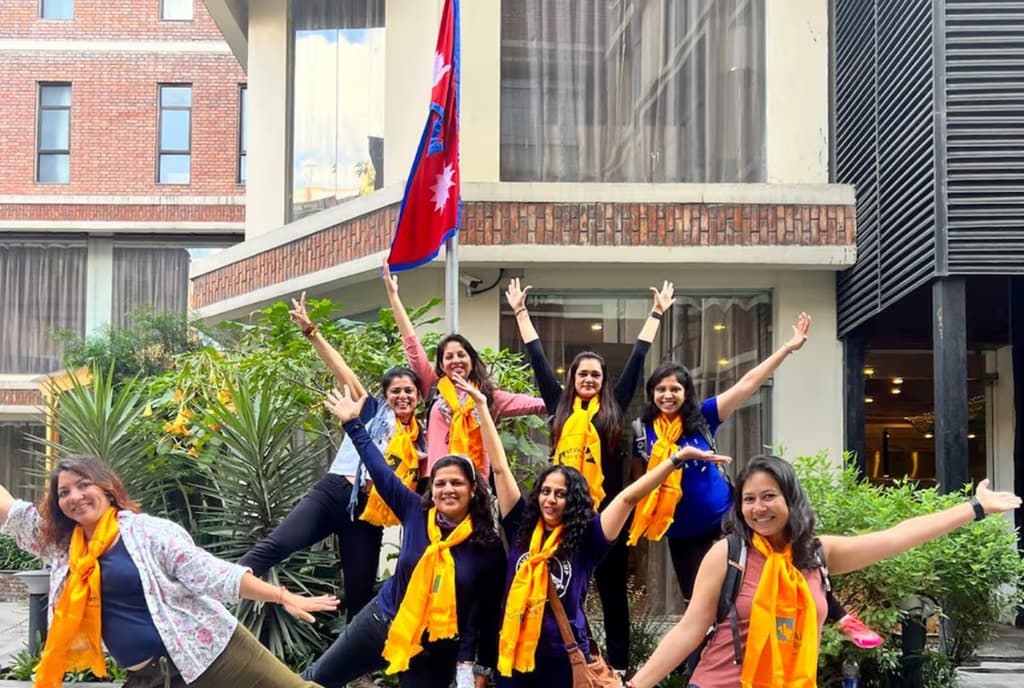
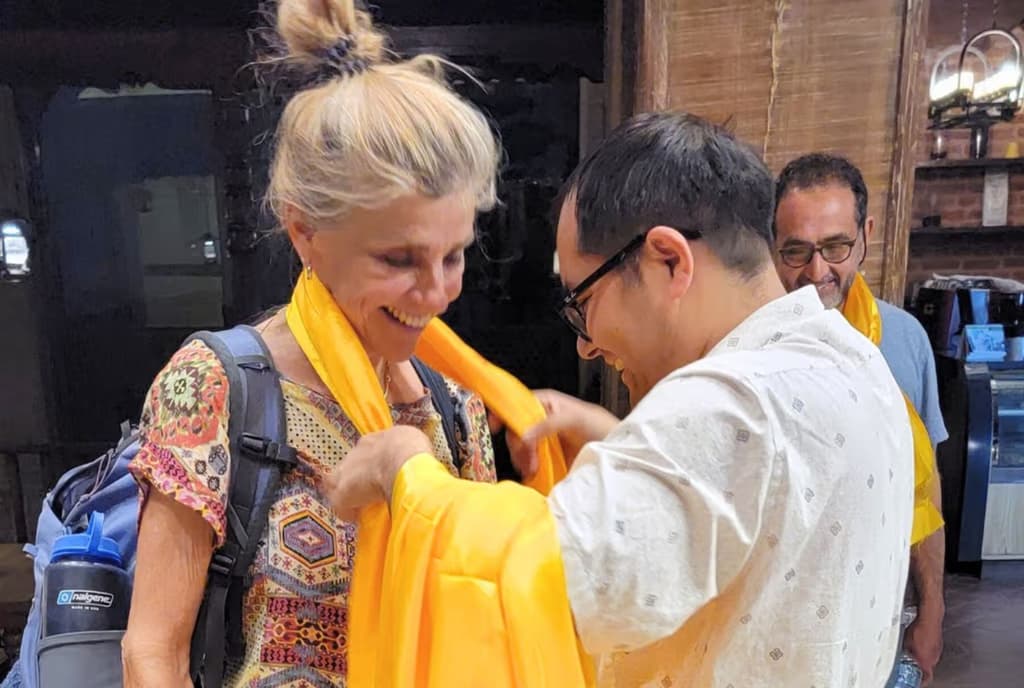
Our founders, Ganga and Balaram, make sure every trek stays safe, personal, and full of great Himalayan moments. Every step on the Mardi Himal Trail gets guided with skill, care, and solid mountain knowledge.
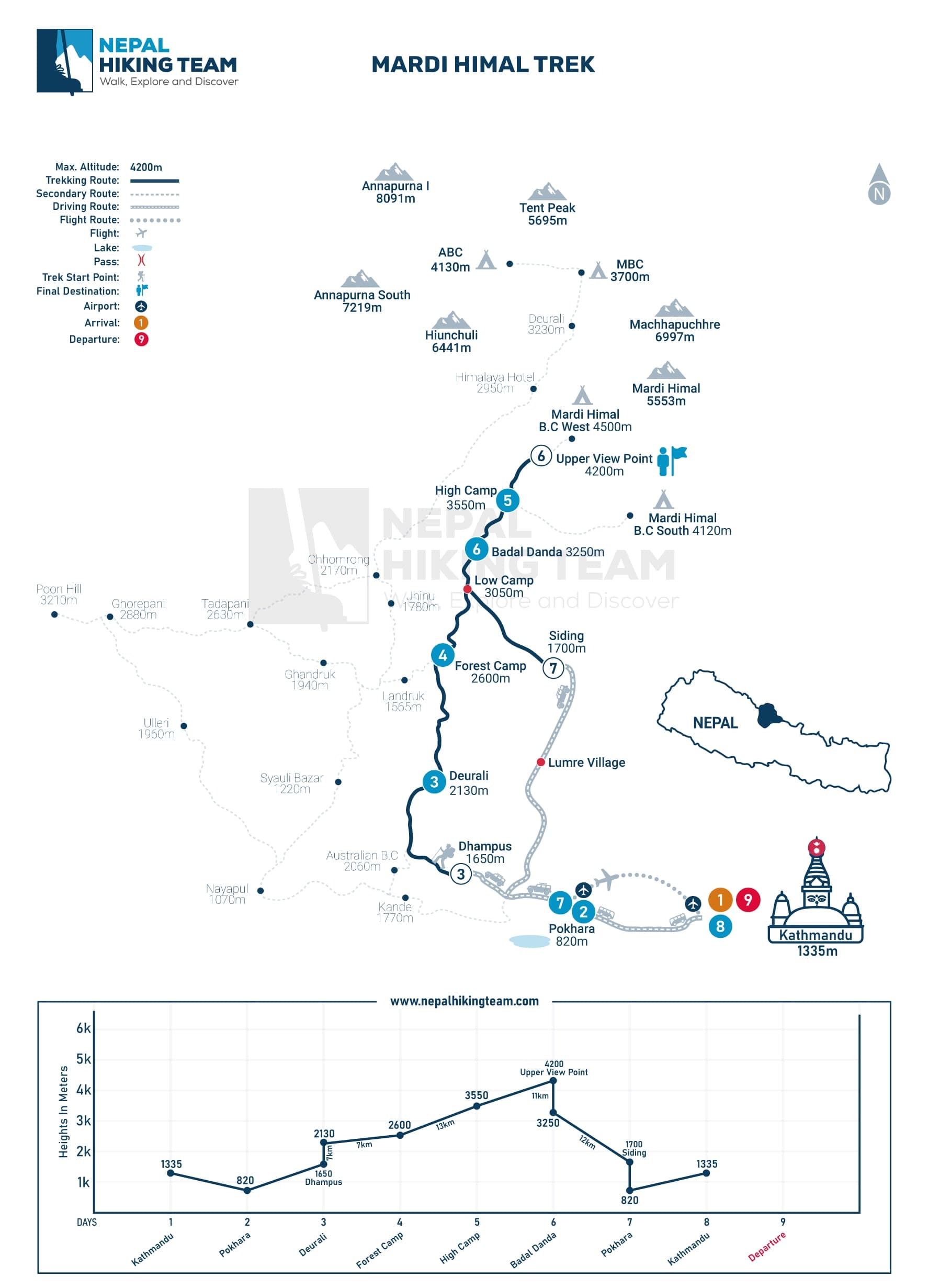
The Annapurna Conservation Area Permit (ACAP) is the only permit required for the Mardi Himal Trek. It grants access to the Annapurna Conservation Area and supports both environmental protection and sustainable tourism throughout the region.
Your ACAP permit will be checked at Pothana, just before reaching Pitam Deurali, where all trekkers are required to register.
If you are trekking with a guided package, the permit is already included in your itinerary, so you do not need to handle any paperwork or formalities on your own.
A valid passport copy
Two passport-sized photographs
The permit fee (covered by your trekking package)
The Annapurna Conservation Area Project (ACAP) plays a crucial role in preserving local biodiversity, supporting community-led conservation initiatives, and maintaining essential trail infrastructure. By obtaining this permit, every trekker directly contributes to protecting the region’s fragile mountain ecosystem and ensuring that future travellers can enjoy the same pristine landscapes.
Meals along the Mardi Himal Trek are prepared in accordance with the guidelines of the Annapurna Conservation Area (ACA). Every teahouse and lodge uses a standardised menu, ensuring trekkers receive safe, reliable, and consistent food options throughout the route.
You can expect a range of hearty, energy-rich dishes designed to keep you nourished for long trekking days. Dal Bhat, the traditional Nepali combination of rice, lentil soup, and seasonal vegetables, is the most popular and dependable choice. It offers substantial nutritional value and unlimited refills, which is why it remains a favourite among trekkers.
Other menu items include fried rice, noodles, soups, omelettes, pancakes, and pasta. Most teahouses also serve tea, coffee, hot lemon, and hot chocolate. The menu stays similar along the trail, although prices rise gradually with altitude because all supplies must be carried up by porters or mules. As a result, meals at higher elevations, such as High Camp, tend to cost slightly more.
All meals are cooked fresh upon order, using locally sourced ingredients whenever available. The food is simple, warm, and wholesome, offering both nourishment and an authentic taste of mountain hospitality.
Nepal Hiking Team provides three main meals each day during the Mardi Himal Trek. Breakfast, lunch, and dinner (with three hot drink options after each meal per person) are included throughout the trek, except for meals (Lunch and Dinner) in Kathmandu. If you choose to order additional dishes, snacks, or drinks beyond the standard menu, you can purchase them directly from the teahouse.
You can explore the actual food options available during the Mardi Himal Trek by checking the menu from a High Camp guesthouse. This will give you a realistic idea of food and drink prices at the highest overnight point of the trek. For a complete breakdown, please refer to our detailed blog titled “Food and Water During the Mardi Himal Trek”
Clean drinking water is essential during the Mardi Himal Trek. At the Rest Camp, bottled mineral water is readily available at most teahouses and small shops along the trail. After this point, mineral water is no longer sold to support the Annapurna Conservation Area’s plastic reduction initiative.
Instead, trekkers can purchase boiled, filtered water at their lodges or designated refill points. The water is treated to ensure it is safe to drink and sold by the litre. Carrying a reusable bottle is highly recommended, as it allows you to refill throughout the trek while helping reduce plastic waste.
This system protects the environment and promotes sustainable trekking practices within the conservation area. Staying hydrated is especially important as the altitude increases, so make sure to refill whenever you have the opportunity.
After passing the Pothana check post, loud music is strictly prohibited throughout the Mardi Himal region. This rule has been established by the Annapurna Conservation Area Project (ACAP) to protect the natural soundscape and maintain harmony within the forest environment.
The trail's quiet atmosphere is one of the most special parts of the journey. The gentle rustling of leaves, distant bird calls, and the steady rhythm of your own footsteps create a peaceful setting that allows trekkers to connect deeply with nature. Loud music can disturb wildlife and disrupt the calm, meditative experience that defines the Himalayan wilderness.
Trekkers are encouraged to honour this guideline by embracing the serenity of the trail and appreciating the stillness that surrounds them. It is often in these quiet moments that the true beauty of the mountains reveals itself.
Please prepare your bags carefully, keeping the following points in mind to ensure a smooth and comfortable trekking experience.
Weight limit:
Each trekker’s duffel bag should not exceed 12.5 kilograms. One porter is assigned to two trekkers and carries a combined load of up to 25 kilograms throughout the trek.
Daypack:
Carry a small, waterproof daypack with essentials such as water, snacks, cash, documents, a camera, and personal valuables. Your daypack stays with you at all times, while your main duffel bag is transported separately by the porter.
Porter movement:
Porters often walk ahead or at a different pace. You may only meet them again at your guesthouse or designated rest stop. For this reason, ensure all critical items remain in your daypack and not in your duffel bag.
Luggage storage:
Any non-trekking luggage can be stored securely at your hotel in Kathmandu. You can collect it after returning from the mountains.
Clothing and cultural respect:
Be mindful of local customs and avoid clothing that may be considered overly revealing or inappropriate. Lightweight, modest attire is appreciated in rural communities.
Recommended clothing:
Choose comfortable, breathable, quick-drying layers suitable for a range of temperatures. Windproof and moisture-wicking clothing will help keep you warm and dry as you move through different altitudes.
By packing thoughtfully, you ensure your Mardi Himal experience remains safe, comfortable, and culturally respectful from start to finish.
Accommodation along the Mardi Himal Trek is simple, comfortable, and created to give trekkers a genuine mountain experience. Most overnight stays are in family-run teahouses or small lodges that offer basic rooms with twin beds, warm blankets, and shared bathrooms. Electricity and Wi-Fi are available in some lower villages, although connectivity becomes limited as you gain altitude.
Due to recent regulations controlling the number of rooms and beds allowed in each guesthouse, availability can be limited, especially during the peak trekking seasons in spring and autumn. During these busy months, trekkers may need to share rooms or, in rare cases, sleep in the dining area. For this reason, pre-booking is strongly recommended.
The Mardi Himal Trek offers some of the most captivating mountain scenery in the Annapurna region. Throughout the journey, trekkers enjoy both close-up and expansive panoramic views of towering Himalayan peaks that seem to rise straight from the horizon.
The most prominent mountains along the trail include Annapurna South (7,219 m), Hiunchuli (6,441 m), Machhapuchhre (6,993 m), and Mardi Himal (5,587 m) itself. Together, these peaks create a dramatic skyline that shifts beautifully throughout the day as the light moves across the ridges.
From viewpoints such as Deurali, Low Camp, and especially High Camp, the sharp, iconic summit of Machhapuchhre dominates the landscape. Early mornings and late afternoons provide ideal conditions, when the mountains glow in soft shades of gold and pink under the Himalayan sun.
At the Mardi Himal Viewpoint and the extended trail toward Mardi Himal Base Camp, trekkers are rewarded with the most striking panorama of all. The snowfields of Annapurna and the graceful slopes of Hiunchuli appear almost within reach, creating an unforgettable visual experience that captures the essence of the Himalayas.
At High Camp, where the altitude is higher and space is more restricted, rooms are often priced per bed rather than per room. Facilities are modest, but the warmth of the hosts, hearty meals, and stunning mountain views create an atmosphere that feels truly rewarding. Evenings usually end with trekkers gathered around the dining room stove, sharing stories from the trail and enjoying the quiet mountain ambience.
Mardi Himal, at an elevation of 5,587 meters (18,330 feet), is one of Nepal's lesser-known treasures in the Annapurna region. It lies within the Kaski District and forms part of the Annapurna Conservation Area (ACA), approximately 25 kilometres (15.5 miles) north of Pokhara.
The mountain rests quietly beneath the sacred Machhapuchhre (Fishtail), a peak easily recognised for its striking twin-summit shape. Machhapuchhre remains unclimbed out of deep cultural and religious respect, giving the surrounding landscape an added sense of reverence and mystery.
While Mardi Himal Peak rises high above the valley, the popular Mardi Himal Base Camp, situated at roughly 4,500 meters, is the leading destination for trekkers. From this point, the views are extraordinary, with the entire Annapurna range stretching across the horizon.
The trail to Mardi Himal offers a peaceful, less crowded alternative to Nepal’s busier trekking routes. Trekkers move through pristine forests, remote mountain settlements, and quiet ridgelines, experiencing a rare sense of solitude and untouched natural beauty that is increasingly hard to find in the Himalayas.
The Mardi Himal Trek is generally considered a moderate-level trek, making it suitable for trekkers with a reasonable level of fitness and some previous hiking experience. It does not require technical climbing skills, although certain sections can feel demanding, especially during long ascents and steep descents.
The trail gains altitude gradually over several days, giving your body enough time to adjust comfortably. The highest point of the standard route is the Mardi Himal Viewpoint, with the optional extension to Mardi Himal Base Camp at approximately 4,500 meters (14,763 feet). The climb from High Camp to the Viewpoint and onward to the Base Camp is steeper, more exposed, and requires steady balance, focus, and endurance.
For first-time trekkers, maintaining a slow, steady pace is essential. Staying hydrated, taking regular breaks, and eating balanced meals all help manage the physical demands of the trail. Anyone with basic trekking preparation or a regular exercise routine will find the Mardi Himal route both achievable and deeply rewarding.
Overall, the combination of manageable difficulty, scenic diversity, and cultural charm makes the Mardi Himal Trek an excellent option for trekkers seeking a shorter Himalayan adventure without facing extreme altitude challenges.
From the Mardi Himal Viewpoint, it takes about two additional hours to reach Mardi Himal Base Camp. The trail becomes noticeably steeper and more rugged, requiring careful footing and steady stamina. As you gain altitude, each step feels slower and more deliberate, yet the expanding views offer constant motivation to keep climbing.
The landscape shifts dramatically as you approach the base camp. The dense forests and rhododendron slopes give way to rocky, open terrain with small patches of alpine grass. The air grows thin and crisp, and the silence of the high mountains surrounds you, broken only by the wind sweeping across the ridgelines.
From the base camp, the panorama is truly magnificent. The striking face of Mardi Himal rises directly above you, while Annapurna South, Hiunchuli, and Machhapuchhre stand so close they feel almost within reach. The sense of scale, solitude, and natural power at this altitude is unforgettable.
Standing at the foot of the mountain is an emotional and gratifying moment. Many trekkers pause here to reflect on the journey so far—the challenges faced, the steady climb through shifting landscapes, and the peaceful vastness of the Himalayas stretching in every direction. Reaching Mardi Himal Base Camp brings a profound feeling of achievement, both humbling and inspiring.
The Mardi Himal Trek reaches a maximum altitude of around 4,500 meters at the base camp. For most trekkers, this elevation remains manageable when approached gradually, and the itinerary is designed with a steady pace that supports natural acclimatisation.
Once you ascend above 4,200 meters, the risk of altitude-related discomfort increases slightly, although severe altitude sickness is uncommon on this route. Some trekkers may notice mild symptoms such as headache, dizziness, or shortness of breath after crossing 4,000 meters. These reactions are normal as the body adapts to reduced oxygen levels.
Staying hydrated, walking at a slow, consistent pace, and resting well each evening all help prevent altitude-related issues and make the ascent more comfortable.
High Camp, situated at approximately 3,550 meters, serves as an ideal acclimatisation point before heading higher. Spending the night here allows your body to adjust naturally to the thinner air, making the next day’s push toward the Viewpoint or Base Camp much easier.
Listening to your body is essential. If symptoms worsen or fail to improve, descending to a lower altitude is the safest and most effective solution. With proper pacing and basic altitude awareness, most trekkers complete the Mardi Himal route without difficulty.
The Mardi Himal Trek follows a beautiful, varied trail through dense forests, open ridgelines, and high alpine terrain. During the first few days, most of the walking takes place under the shade of thick rhododendron and oak forests. The air feels cool and refreshing here, and the paths are a mix of stone steps, mud-packed tracks, and occasional wooden stairways near the villages.
As you climb beyond Forest Camp and Low Camp, the landscape begins to change. The tall trees gradually thin out, giving way to shrubs and rolling alpine meadows dotted with rhododendron bushes and small wildflowers. Higher up, between High Camp and the Viewpoint, the forest disappears completely, and the trail becomes more rugged, rocky, and exposed. From this point onward, the dramatic mountain scenery dominates every step.
Some of the stone steps along the route are covered with moss, which can make the trail slippery after rainfall. Extra caution is helpful on these sections, and using trekking poles can improve balance on uneven or steep stretches. Despite the natural challenges, the paths are clearly marked and maintained regularly by local communities.
The diversity of terrain—from soft forest floors to rocky ridges—makes each day of the Mardi Himal Trek feel fresh and engaging. Every shift in landscape brings a new perspective of the mountains and deepens the overall sense of connection with nature.
The Mardi Himal Trek covers approximately 40 to 50 kilometres, depending on your chosen route and whether you include side trips to the Mardi Himal Viewpoint or the optional Base Camp. Most itineraries run for five to seven trekking days, offering a gradual pace that balances comfort, acclimisation, and scenic enjoyment.
On average, trekkers walk 5 to 7 hours per day, covering 6 to 10 kilometres. The shortest day typically involves a 3 to 4-hour descent toward lower villages such as Siding. In contrast, the longest day usually spans 7 to 8 hours, especially during the ascent from High Camp to the Viewpoint and back.
The route is well-paced and ideal for trekkers seeking a shorter Himalayan adventure with impressive mountain views. Each stage reveals a different landscape, from cool forest paths and quiet ridgelines to open meadows and high-altitude viewpoints.
Although daily distances are moderate, the altitude gain can make some sections feel physically demanding. Maintaining a steady walking rhythm, staying hydrated, and taking proper rest breaks are essential for keeping each day comfortable and enjoyable.
While the Mardi Himal Trek package covers essential expenses such as accommodation, meals, permits, and guide services, there are a few personal costs trekkers should keep in mind. These items are not part of the package price and will vary depending on your preferences and usage during the trek.
| Category | Estimated Cost (USD) | Details |
|---|---|---|
| Hot Showers | 2–5 per use | Available at select teahouses; cost increases with altitude |
| Wi-Fi and Device Charging | 2–5 per session | Limited availability above Low Camp |
| Bottled or Boiled Water | 1–3 per liter | Bottled water available up to Rest Camp; boiled water thereafter |
| Snacks and Beverages | 2–10 per item | Chocolate bars, tea, coffee, and soft drinks |
| Extra Meals or Desserts | 5–10 | Beyond the standard meal plan |
| Laundry Services | 5–10 | Offered in lower regions like Pokhara or Dhampus |
| Souvenirs or Handicrafts | Varies | Locally made items are sold in villages along the trail |
Most of these expenses arise from personal comfort needs, occasional treats, or services that support local teahouse operations. Because porters or mules carry all supplies, prices naturally increase with elevation.
Budgeting USD 100–150 for personal expenses throughout the trek is generally sufficient for most trekkers who want to stay comfortable while supporting local communities along the Mardi Himal route.
The best time to trek to Mardi Himal is during spring (March to May) and autumn (September to November). These seasons offer the most stable weather, clear mountain views, and comfortable daytime temperatures, making the trek both enjoyable and safe.
Spring (March to May):
Spring is one of the most beautiful times of the year in the Annapurna region. The forests burst into bloom with rhododendrons, magnolias, and a variety of wildflowers that paint the trail in shades of red, pink, and white. Days are pleasantly warm, and the mountain views are apparent during the mornings.
Autumn (September to November):
Autumn arrives after the monsoon, bringing crisp air, deep blue skies, and excellent visibility. The trails are dry, and panoramic views of Annapurna South, Hiunchuli, Machhapuchhre, and Mardi Himal are consistently spectacular. It is also the peak trekking season, creating a lively and welcoming atmosphere in the teahouses.
Winter (December to February):
Winter trekking is possible for those who appreciate quiet trails and solitude. Temperatures drop significantly, particularly at High Camp, and snowfall is probable. However, the skies are often clear, and the views remain stunning. Proper gear and warm clothing are essential.
Monsoon (June to August):
Monsoon season is the least favourable time to trek due to heavy rainfall, leeches, and slippery paths. Despite the challenges, the landscape becomes lush and green, and trekkers who prefer solitude may still enjoy the route with extra caution.
Overall, spring and autumn provide the ideal balance of comfort, scenery, and adventure, making them the most recommended seasons for the Mardi Himal Trek.
The Mardi Himal Trek passes through one of the most diverse ecological zones in the Annapurna region. As you ascend from the lower hills to the high alpine ridges, both vegetation and wildlife change dramatically, creating a landscape that feels new with every step.
In the lower sections, particularly between Dhampus and Forest Camp, the trail leads through lush forests of oak, maple, and rhododendron. During spring, these forests burst into bloom, covering the hillsides with vibrant shades of red, pink, and white. Ferns, orchids, mosses, and other moisture-loving plants thrive here, giving the area a peaceful and almost untouched atmosphere.
As the trail climbs toward Low Camp and High Camp, the tall trees gradually thin out. Alpine shrubs, dwarf rhododendrons, and small meadow grasses replace the dense forest. These open areas often attract grazing animals such as yaks and goats, adding to the route's high-altitude charm.
The region is also home to a wide variety of birdlife. Trekkers may spot the Danphe (Lophophorus), Nepal’s colourful national bird, along with pheasants, laughing thrushes, sunbirds, and other Himalayan species. Small mammals such as langurs, mountain hares, and occasionally Himalayan musk deer can also be encountered in quieter sections of the trail.
The steady transition from dense forest to open alpine terrain makes the Mardi Himal Trek a living showcase of Nepal’s ecological richness. Beyond the mountain views, the trek offers nature lovers a deep appreciation of the Himalayas’ diverse habitats and wildlife.
The Mardi Himal Trek passes through several traditional hill villages where trekkers can experience the warmth and rich cultural heritage of Nepal’s rural communities. The region is primarily home to the Gurung and Magar people—ethnic groups known for their deep ties to the Himalayas, vibrant traditions, and long history of service in the British and Indian Gurkha regiments.
In villages such as Dhampus, Deurali, and Siding, daily life unfolds at a gentle, unhurried pace. Stone houses with slate roofs line narrow footpaths, and colourful prayer flags flutter above terraced fields of rice, millet, and barley. As you walk through these settlements, you may see locals weaving baskets, tending livestock, or collecting firewood in the crisp morning light.
Hospitality is woven into the heart of their culture. Guests are welcomed with genuine warmth and often offered dal bhat, the staple Nepali meal, along with a cup of local tea. Evenings frequently bring trekkers and hosts together in the dining hall, sharing stories or listening to traditional Nepali songs around the stove.
The Gurung and Magar communities hold a deep spiritual connection to the surrounding mountains. Machhapuchhre (Fishtail), in particular, is considered sacred and remains unclimbed out of respect for its spiritual significance. This reverence for nature is reflected in their daily lives, shaping a harmonious balance between culture, environment, and tradition.
The Mardi Himal Trek offers more than breathtaking views—it provides a window into a way of life rooted in simplicity, resilience, and respect for the land. Each interaction along the trail adds warmth and meaning, enriching the journey through this beautiful Himalayan region.
The temperature during the Mardi Himal Trek varies significantly with season and altitude. The Upper Viewpoint, above 4,000 meters, experiences cool mornings and evenings year-round, while daytime temperatures can change quickly with sun exposure and wind conditions.
Below is a general guide to the average temperature range near the Mardi Himal Upper Viewpoint by month:
| Month | Daytime Temperature (°C) | Night Temperature (°C) | Conditions |
|---|---|---|---|
| January – February | 2 to 8 | -8 to -2 | Cold and clear; occasional snowfall |
| March – April | 5 to 12 | -5 to 2 | Mild days, blooming rhododendrons, cool nights |
| May – June | 8 to 15 | 0 to 5 | Warmer days, rising humidity before the monsoon |
| July – August | 10 to 16 | 2 to 6 | Monsoon rains; cloudy, wet, leeches at lower altitudes |
| September – October | 6 to 13 | -3 to 2 | Clear skies, stable weather, excellent visibility |
| November – December | 3 to 10 | -6 to -1 | Crisp air, dry trails, quiet trekking conditions |
At higher elevations such as High Camp and the Upper Viewpoint, temperatures can drop quickly once the sun sets. Warm layers, insulated jackets, gloves, and sleeping bags rated for sub-zero temperatures are essential for comfort and safety.
Despite the cool climate, clear skies, and low humidity during spring and autumn, these conditions create excellent trekking conditions. The crisp morning air and golden evening light over Machhapuchhre and Annapurna South make these seasons especially rewarding.
Preparing well for the Mardi Himal Trek 2025 ensures a rewarding and enjoyable experience in the heart of the Annapurna region. Although the trek is considered moderate, the trail includes steep climbs, uneven terrain, and several hours of walking each day. Good preparation helps you stay comfortable, confident, and ready to enjoy every moment of the journey.
Yes, beginners can trek to Mardi Himal in 2025/26, provided they maintain good physical fitness and come prepared for the challenge. The route features gradual elevation gain, comfortable daily walking hours, and plenty of rest points, making it one of the more approachable high-altitude treks in Nepal.
The trail does not involve technical climbing or the use of mountaineering equipment. However, some sections, especially the climb from High Camp to the Viewpoint or Base Camp, can feel steep and demanding. For first-time trekkers, this adds a sense of adventure and accomplishment without being overly complicated.
With basic preparation, such as regular walking, hiking on local hills, and light strength training, you can build the stamina needed for this trek. Staying hydrated, keeping a steady pace, and allowing time for acclimatisation at higher elevations will help you adjust comfortably.
Guided treks are highly recommended for beginners. A professional guide ensures safety, navigates, and shares valuable insights into the culture and nature of the Annapurna region. Local porters can also make the journey more enjoyable by carrying heavier loads, allowing you to focus on the experience itself.
Many first-time trekkers choose Mardi Himal for its relatively short duration, quieter trails, and spectacular close-up views of Machhapuchhre, Annapurna South, and Hiunchuli. It is a journey that combines accessibility with the full grandeur of the Himalayas, making it an ideal choice for those beginning their trekking adventures in Nepal.
Read our genuine feedback from past travelers with Nepal Hiking Team sourced from TripAdvisor, Google, Facebook, and Trustpilot.
We had an incredible experience with Nepal Hiking Team. From the very beginning, Gangaji was professional, warm, and thoughtful. He even arranging an extra team member to make sure we were comfortable and safe.
Paban (Group Leader) guided us brilliantly on both the Muktinath visit and the Mardi Himal Trek. Kamal (Assistant Leader), along with Bipin, Sabin, and Dipesh (Trekking Assistants), joined us on the Mardi Himal trek and were all patient, caring, and full of energy. Their teamwork made the journey unforgettable.
Back in Kathmandu, we stayed at Woodapple Hotel & Spa, perfectly located in Thamel, with spacious rooms and a rooftop restaurant that made exploring the city easy and enjoyable. We highly recommend Nepal Hiking Team to anyone visiting Nepal!
We recently traveled with Nepal Hiking Team and had a truly wonderful experience, thanks to the fantastic team who guided us throughout the trek (Paban, Kamal, Bipin, Sabin, and Dipesh).
Their kindness, hospitality, and support made the entire journey both comfortable and memorable. Highly recommend Nepal Hiking Team!
We recently joined Nepal Hiking Team for the Mardi Himal Trek and had an absolutely wonderful experience. On 6th–7th August we visited the sacred Muktinath Temple, then continued with the beautiful Mardi Himal Trek from 8th–11th August 2025.
Right from the start, communicating with the owner, Ganga ji, was a real pleasure. He is professional, kind, and very considerate. A great example of his thoughtfulness was when he arranged for a team of five members instead of four, just to make sure our group felt more comfortable and safe. That simple but meaningful decision showed the true care and dedication of Nepal Hiking Team.
Our trekking team was excellent:
Bipin, Sabin, and Dipesh (Trekking Assistants): lively, cheerful, and extremely caring. They carried our loads with ease and looked after us like family, making sure we were always comfortable and well taken care of.
The whole team went out of their way to give the five of us an unforgettable trip. Their skills, kindness, and genuine hospitality made the journey both enjoyable and memorable.
After returning to Kathmandu, we stayed at Woodapple Hotel & Spa, which was excellent. The hotel is right in Thamel, within walking distance of everything. The rooms are spacious with lovely views, and the rooftop bar and restaurant were the perfect spot to relax and enjoy the city. It was a wonderful way to end our trip.
I strongly recommend Nepal Hiking Team to anyone visiting Nepal and Mardi Himal Trekking. With Ganga ji and his amazing team, you can be sure of a safe, enjoyable, and truly memorable experience.
 +
+ +
+ +
+
We just finished a seven-day Mardi Himal trek with a guide and porter from Nepal Hiking Team.
Both were excellent—leading us along the trail, staying attentive, and being very pleasant throughout the trek.
Our guide was Netra Subedhi — a reliable and serious guide. He gave great advice, knew the area well, and could be fully trusted.
We changed the route several times during the trip, and he adjusted with a positive attitude to everything we asked for.
Highly recommended for this company for seven days, Mardi Himal!
A serious, professional company.
This company is a 10/10. Our guide Raj was phenomenal, and our assistant Gokul, porters Tuk, Ram, and Gokul, were amazing. I just can't say enough good things about them.
From the time we were picked up at the airport until we left. BEYOND helpful. They even kept one of our bags while we continued on to Bhutan and met us at the airport on the way back to retrieve it. They went above and beyond to help us.
I would HIGHLY recommend this company. Professional, knowledgeable, and accommodating. And our team was the best of the best.
Thank you for making our trip to Mardi Himal so amazing.
Our Mardi Himal groups typically include eight trekkers, with a comfortable range of 2-10 participants maximum. At Nepal Hiking Team, we run scheduled departures on time, whether two people sign up or ten join the adventure. Solo trekkers can also book private expeditions for a completely personalized mountain experience.
Every booking receives full confirmation along with guaranteed departure dates for complete peace of mind.
Only extreme situations like political instability or major natural disasters would make us suggest alternative arrangements.
Absolutely! Solo adventurers join our group departures all the time and always find great company on the trails. If you happen to be the only person booked for your chosen date, we'll still run the full Mardi Himal trek with complete guide support.
You'll get the same professional service and safety standards, just at solo trekking rates.
Yes, we run custom private Mardi Himal trips for families, friend groups, and solo adventurers. Private treks give you complete control over departure dates and daily walking pace based on your group's needs.
Whether you're two people or ten, everyone walks together as one group throughout the whole trip.
Solo travelers can definitely book private treks, though this costs more.
Yes, most nationalities can get a visa on arrival. To make things easier, fill out the online form beforehand and bring cash or a card for payment. Your passport needs at least six months' validity from your arrival date, with one blank page for the visa stamp. You don’t need a passport photo for a visa on arrival. For full details, check our Nepal Visa Information page.
Yes, complete airport transfers are included with every Mardi Himal trekking package from start to finish with no additional charge. Our team member waits at arrivals holding a clear "Nepal Hiking Team" sign, making it easy to spot us among the crowd.
After your mountain adventure concludes, we handle departure by getting you to the airport three hours before flight time. Early arrivals or trip extensions pose no problem since we adjust pickup and drop-off schedules to match your actual travel plans.
Your Mardi Himal package includes four nights at comfortable 3-star hotels in Kathmandu and Pokhara, such as Woodapple Hotel & Spa. Hotel upgrades to 4-star or 5-star properties are absolutely available upon request. The additional cost varies depending on which luxury hotel you choose and your specific room preferences.
Hotel rates run USD 45 per night for single trekkers or USD 50 for twin and double rooms, with breakfast and all taxes already included. These straightforward prices eliminate surprise charges or hidden fees that often appear elsewhere.
The pre-trek briefing covers final preparations to make your mountain adventure run smoothly. You'll meet your guide, complete passport paperwork, and give us travel insurance copies for safety records. Any remaining trek balance gets paid during this meeting.
Our guide checks your gear thoroughly to spot any missing equipment before heading into the mountains. We provide key items like a warm down jacket, sleeping bag, trekking cap, Mardi Himal trek map, and duffel bag for porter transport. This meeting gives you time to ask questions or discuss special needs with our team.
To book our Mardi Himal trek, fill out your trip information with traveler details. You can provide flight and insurance details later. Then secure your payment with a 20% deposit. After this, your trip gets confirmed.
The remaining Mardi Himal trek balance can be settled conveniently upon arrival in Kathmandu using either cash or card payment.
The 20% deposit becomes non-refundable once your Mardi trek gets confirmed, regardless of cancellation reasons, including injury, illness, or unexpected circumstances. This policy covers our advance bookings for guides, permits, and mountain accommodations.
However, we convert your full deposit amount into a travel credit with no expiration date for any future adventures with Nepal Hiking Team. This credit applies to any trek or trip we offer, whether you return next season or several years later.
Yes, you can easily get flights for a round trip between Kathmandu and Pokhara. The flight takes only about 25-30 minutes, providing a quick and scenic journey. These flights cost $115 per person one-way, cutting travel time compared to road routes.
This trek runs easy to moderate, so most physically active people can handle it. The Mardi Himal trekking distance spans 47-50 kilometers from Dhampus to Siding over several days, with daily sections planned for comfortable walking.
You don't need previous trekking experience, though good fitness and staying active certainly help. Regular walking, jogging, or gym sessions give you enough preparation for the daily hiking.
This trek covers approximately 47-50 kilometers of mountain trails with an incredible variety of landscapes and elevation. The highest point reaches 4,200 meters at Upper View Point, where panoramic Annapurna and Mardi Himal views reward every step of the climb.
The walking route starts in Dhampus village and finishes at Siding village below. Important stops include quiet Deurali village, tree-covered Forest Camp, and well-placed High Camp. Trekkers also visit the amazing Upper View Point summit and beautiful Badal Danda lookout.
No official age limits exist for the Mardi trek, and we've taken adventurers from 4-year-olds to active 70-plus trekkers. Age matters less than overall health, fitness, and excitement for the mountains. Children under 16 must trek with parents or guardians for safety and supervision.
Begin your Mardi Himal training 4-6 weeks before departure to build proper fitness. Work on cardio like stair climbing, jogging, and regular walking to strengthen your heart and lungs.
Weekly practice hikes lasting 5-6 hours with a loaded backpack get you ready for the Mardi Himal trek. Break in new hiking boots during these sessions to prevent painful blisters on mountain trails.
Mental preparation matters as much as physical strength for finishing the trek. Picture yourself reaching Upper View Point successfully.
Yes, travel insurance is necessary for all Mardi Himal Hikes. Your policy needs coverage for high-altitude trekking up to 6,000m, emergency evacuation, and helicopter rescue.
We suggest getting insurance from trusted global companies like Genki Traveler, AXA Travel Insurance, Allianz Travel Insurance, and World Nomads.
To help you out, we've put together a list of recommended travel insurance providers based on what our past trekkers told us.
Licensed guides bring many years of high-altitude walking experience to every Mardi Himal trek. These guides carry complete first aid supplies and oxygen meters for regular health checks. They monitor your oxygen levels throughout the mountain journey to keep you safe.
When trekkers feel unwell, guides immediately adjust hiking pace, add rest stops, or initiate to return if needed. Our guide understands that flexible itineraries and cautious approaches prevent minor issues from becoming serious problems.
We choose teahouses known for great hygiene and reliable service. For serious medical emergencies, we arrange immediate helicopter evacuations with rescue services. All these safety measures come standard with every Mardi trek, giving you peace of mind.
The prime Mardi Himal trekking seasons occur during spring (March-May) and autumn (September-November) when mountain conditions reach their absolute best. These months deliver stable weather patterns, crystal-clear Himalayan views, and comfortable temperatures throughout the Annapurna region.
Yes, summer and winter trekking are absolutely possible with proper preparation. Summer brings monsoon challenges, including frequent flight cancellations, muddy trails, and reduced mountain visibility due to clouds and rain. Similarly, your winter trek includes icy trail conditions and potential snow blockages that can slow down the trek.
It is a suitable choice for trekkers who value solitude and peaceful mountain experiences. You'll encounter far fewer people on trails and in teahouses, creating intimate connections with local communities and pristine wilderness settings.
Our experienced team runs successful Mardi Himal treks year-round by adjusting itineraries, providing appropriate gear, and maintaining flexible schedules.
Nepal does not require any vaccines for entry or Mardi Himal trek participation. Rabies vaccination helps because stray dogs live in many mountain villages along the route.
These village dogs are generally harmless but can be unpredictable around unfamiliar faces carrying large backpacks. It provides you with complete peace of mind when walking through settlements like Deurali and Siding.
Consult your personal physician about vaccinations based on your medical history and travel patterns.
Preventing altitude sickness starts with maintaining a steady, comfortable pace that allows you to adjust gradually to elevation changes. Stay well-hydrated by drinking 4-5 liters of water daily.
Avoid alcohol completely during the trek since it interferes with proper acclimatization and dehydrates your system. Our Mardi Himal itinerary includes strategic rest time. Don’t hesitate to tell guides about headaches, nausea, or unusual fatigue.
Our guides monitor trekkers' oxygen levels regularly for altitude sickness warning signs throughout the journey. Their training helps them recognize symptoms quickly and respond with appropriate measures. Helicopter rescue services remain on standby for serious medical emergencies.
Each experienced porter carries shared equipment for two trekkers, with a maximum combined weight limit of 25 kilograms per porter.
You'll carry only a lightweight daypack containing daily essentials during actual hiking hours. Since porters often reach destinations ahead of trekking groups, pack your daypack carefully with water bottles, phone, camera, energy snacks, and medications.
Yes, your Kathmandu hotel provides secure luggage storage completely free of charge while you're trekking in the mountains. Store extra clothes, souvenirs, electronics, and non-essential items in their safe locker system before heading to the trailhead.
This convenient service lets you pack only trekking essentials. Upon returning from Mardi Himal, simply collect your stored belongings from the same hotel location.
Yes, we supply essential gear, including a sleeping bag, down jacket, and duffel bag for every Mardi Himal trekker. The sleeping bag and jacket carry Nepal Hiking Team branding and handle temperatures down to -15°C, ensuring comfort during cold mountain nights.
Additional complimentary items include a detailed Mardi Himal trek map, Nepal Hiking Team T-shirt, and trekking cap for sun protection.
Yes, we present every trekker with an official completion certificate recognizing their successful Mardi Himal adventure. This personalized document commemorates reaching the Upper View Point at 4,200 meters and completing one of Nepal's most rewarding mountain treks.
Mountain accommodations feature comfortable twin-sharing rooms with proper beds, quality mattresses, and fresh, clean sheets at every stop. Lower elevation villages like Deurali offer private bathrooms with reliable hot showers for post-hiking relaxation and comfort.
As elevation increases toward High Camp, facilities become more basic with shared toilet arrangements and simpler room setups.
Yes, local NTC and Ncell SIM cards are easily available in Kathmandu at reasonable prices. Expect to pay USD 10-15 for 7-10 GB of data or USD 15-20 for 20 GB, giving you reliable mobile connectivity throughout most of the trek route.
These local SIM cards work well for staying in touch with family, friends, and business contacts during your mountain adventure. Teahouse WiFi exists at lower elevations but proves unreliable and usually costs extra fees per hour of use. The connection speeds are often slow, making mobile data a much better option.
Most teahouses in Dhampus and Deurali charge NPR 200–500 per device charging session. Solar power at higher elevations proves unreliable, so bringing a dependable power bank keeps devices charged throughout the journey.
Yes, most teahouses throughout the Mardi Himal Nepal route provide you Western-style toilets for convenience and comfort. Facilities at Deurali and other lower elevation stops maintain modern toilet systems year-round with proper plumbing and sanitation.
Winter conditions at higher elevations can freeze water pipes, forcing trekkers to switch to squat toilet arrangements.
Mountain teahouses serve up an impressive range of food from spicy Nepali dal bhat to hearty pasta dishes and flavorful Chinese stir-fries. Cooks prepare fresh meals each day for you with local produce and time-tested recipes passed down through generations.
When the trail gets tough, sweet snacks and ice-cold drinks provide the perfect food. The kitchen variety means meals stay interesting, no bland repetition here. Each teahouse brings its own specialties, so you can select food from the menu on the Mardi Himal route.
Yes, you can get vegetarian, vegan, and gluten-free options at teahouses of the Mardi Himal route. Mountain lodges prepare specialized meals using their fresh local ingredients.
Please inform us if you have food allergies or specific dietary requirements during booking.
Important Note: Always remind our guides about any food allergies upon arrival at each lodge. They will personally verify with kitchen staff that your meals are prepared safely and contain only ingredients that benefit your specific body requirements.
Multiple safe drinking water sources are available along the Mardi Himal trek route to keep you properly hydrated. Your best approach involves treating natural spring water with purification tablets that your guide provides, or using a quality filtered water bottle system.
Teahouses offer boiled water at reasonable prices throughout the route, giving you another dependable, safe drinking option. Bottled water may seem convenient despite the premium prices, but you'll want to skip this option entirely. Your plastic waste creates lasting environmental damage in mountain ecosystems.
Yes, complete itinerary customization is available for private Mardi Himal Nepal expeditions to match your specific travel preferences. Private trek customization allows you to have flexible pacing for your children or travelers wanting deeper cultural experiences in mountain villages. However, group departures follow fixed schedules to coordinate multiple trekkers and maintain reasonable costs for everyone.
We run fantastic Kathmandu day tours before or after your treks. These trips take you to sacred temples and UNESCO World Heritage sites scattered across the valley. The guided walks reveal Nepal's deep cultural roots and captivating religious customs.
Tipping guides and porters is a way to show that you appreciate their dedicated service. The amount depends entirely on your budget, satisfaction level, and the quality of care they provided during the Mardi Himal trek trail.
These hardworking mountain professionals ensure your safety, comfort, and enjoyment while navigating terrain and unpredictable weather. A thoughtful tip recognizes their expertise, physical effort, and commitment to making your trek both safe and memorable.
Bring sufficient cash for your mountain expenses, including Wi-Fi access, hot showers, device charging, and trail snacks during your trek. ATMs don't exist at higher elevations, and even lower altitude machines can go offline due to power issues or network problems.
Withdraw all necessary cash from reliable Kathmandu or Pokhara ATMs before heading to the mountains to avoid being stuck without spending money.